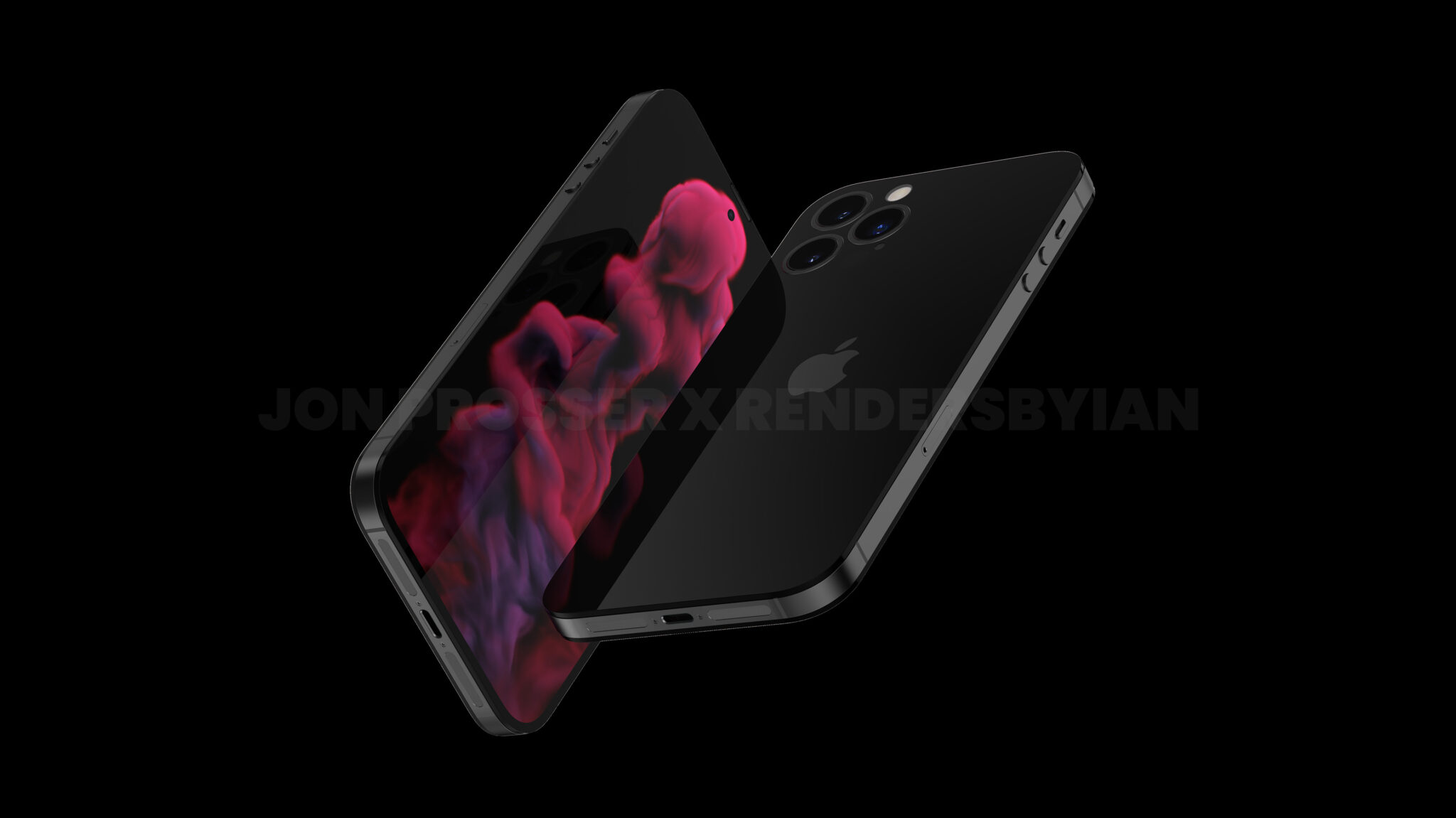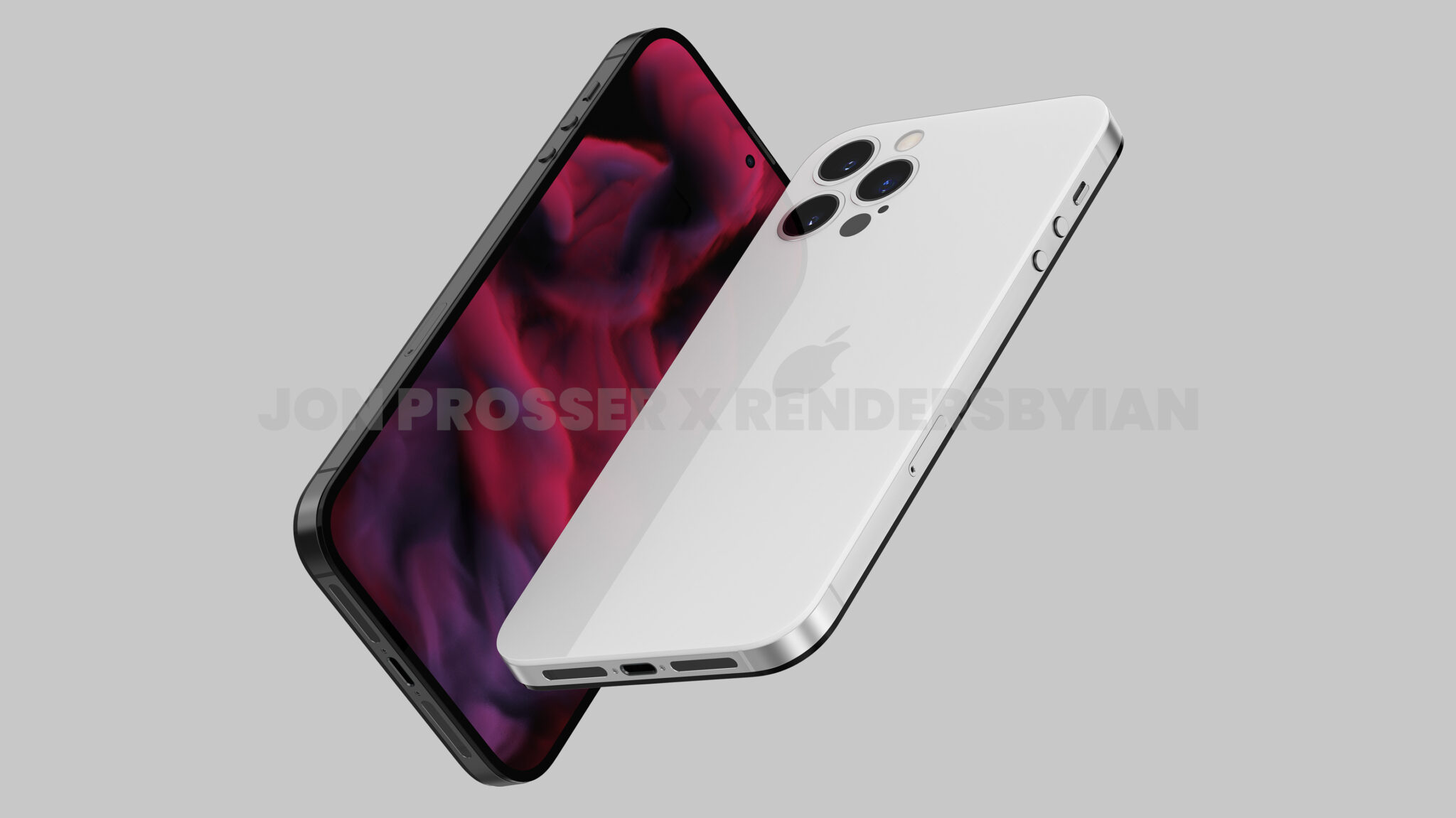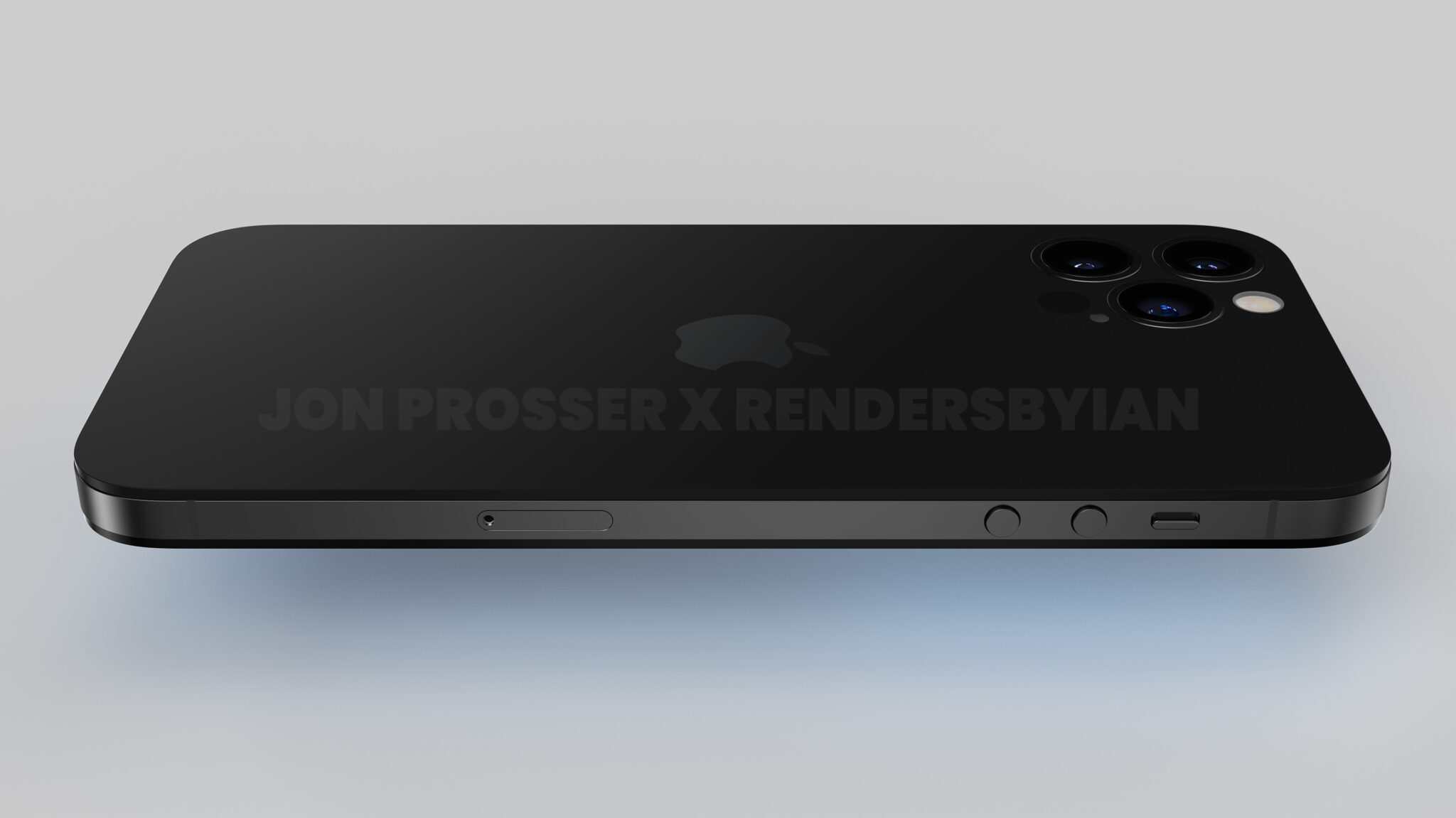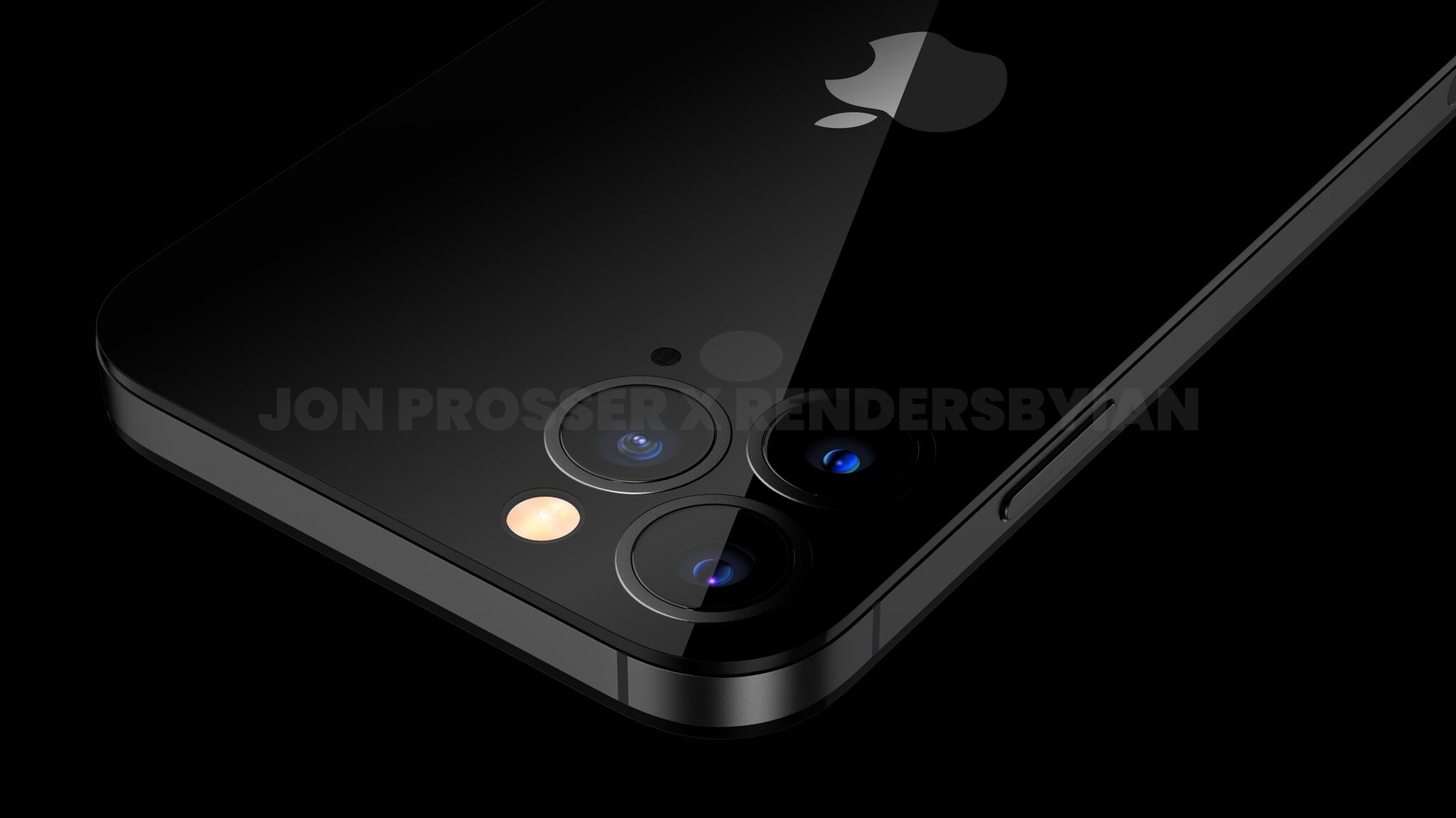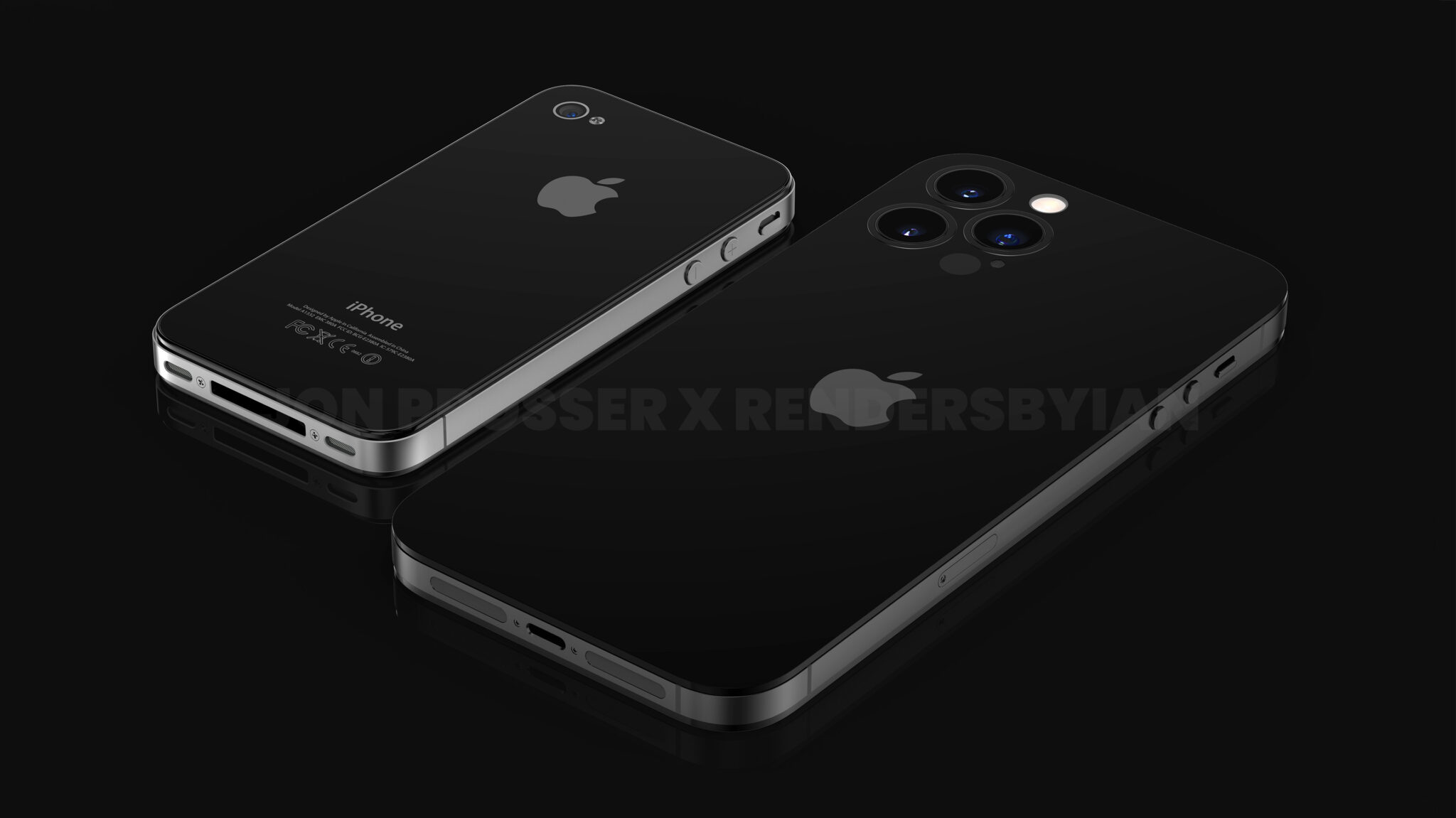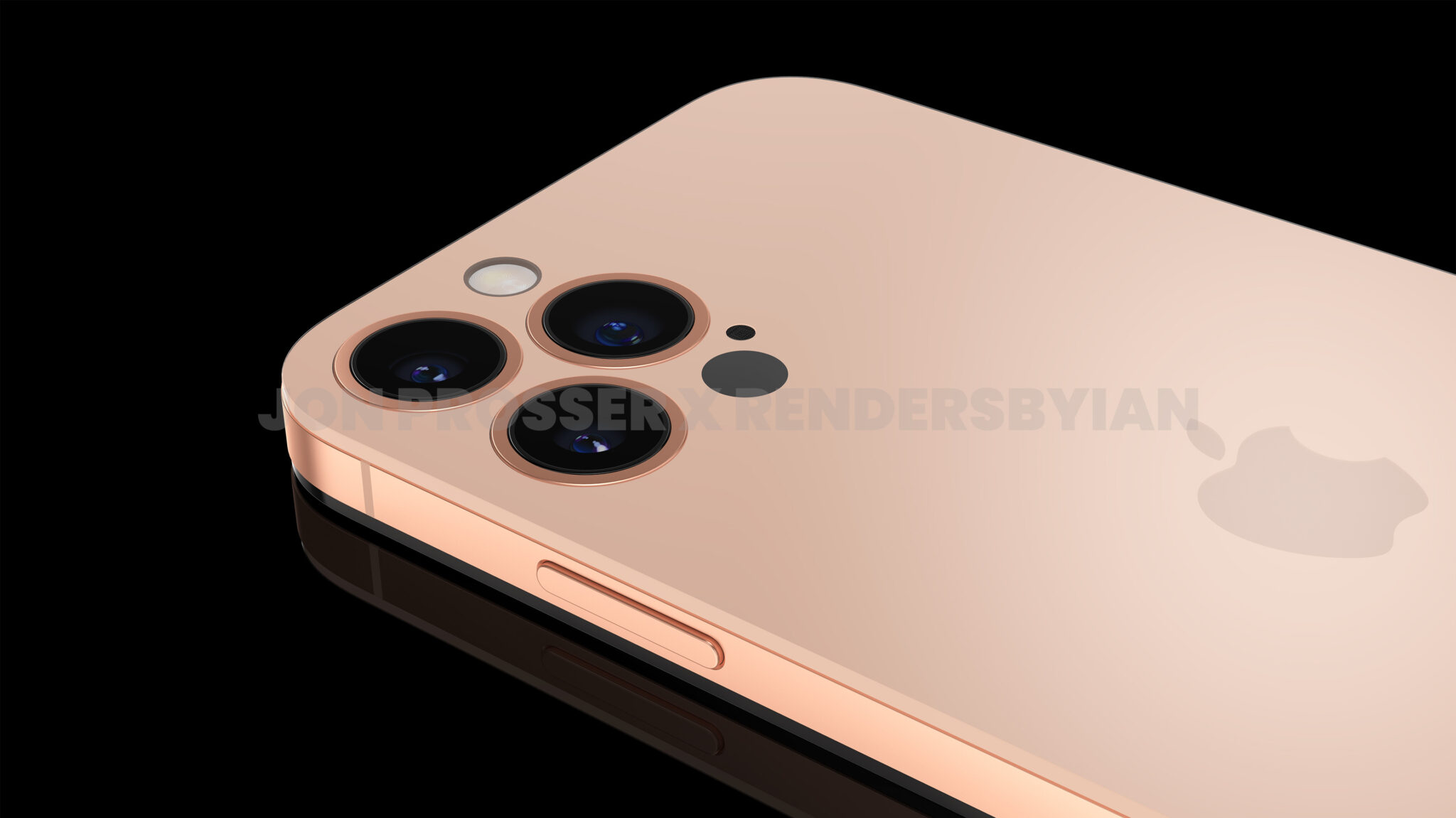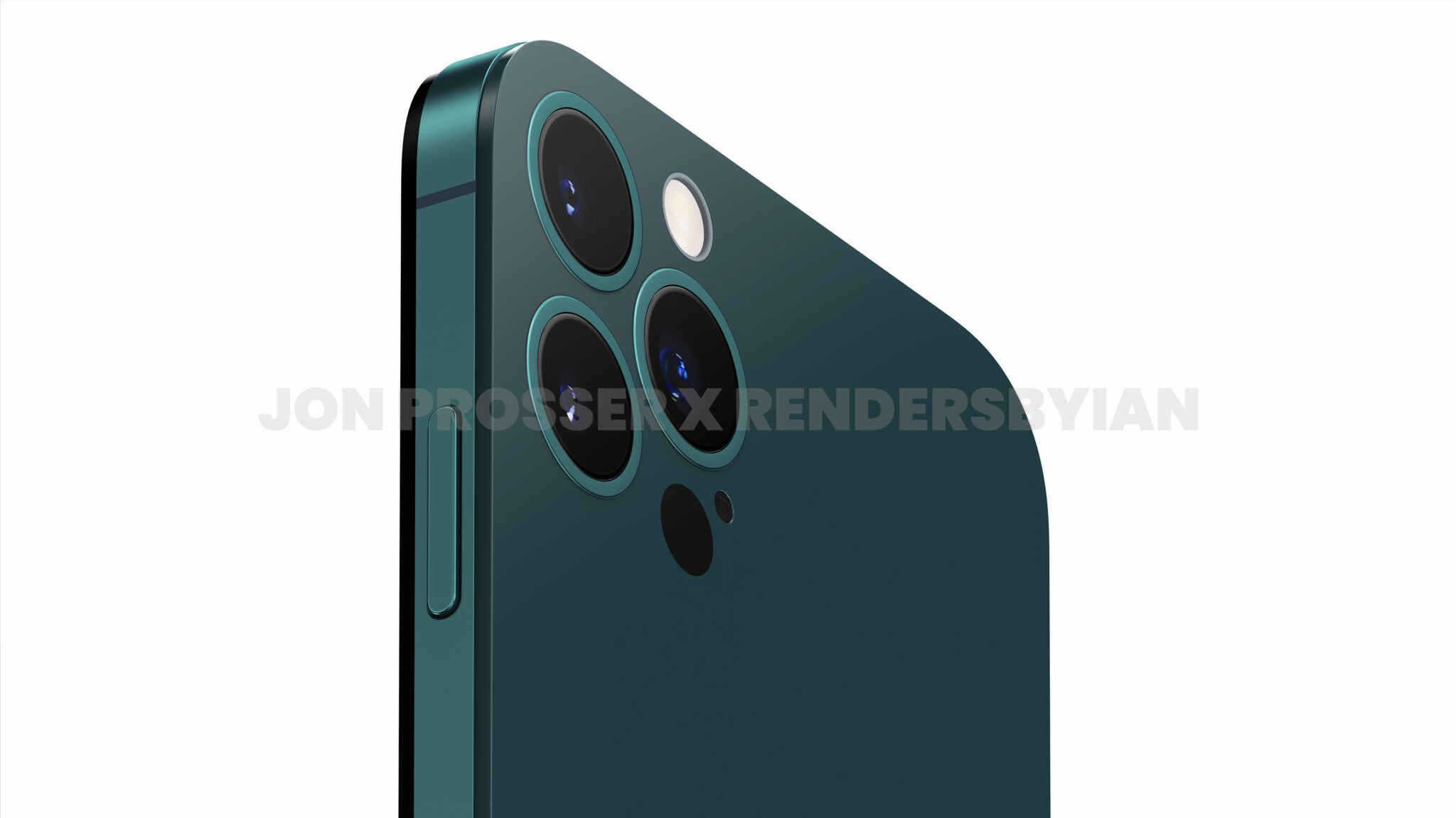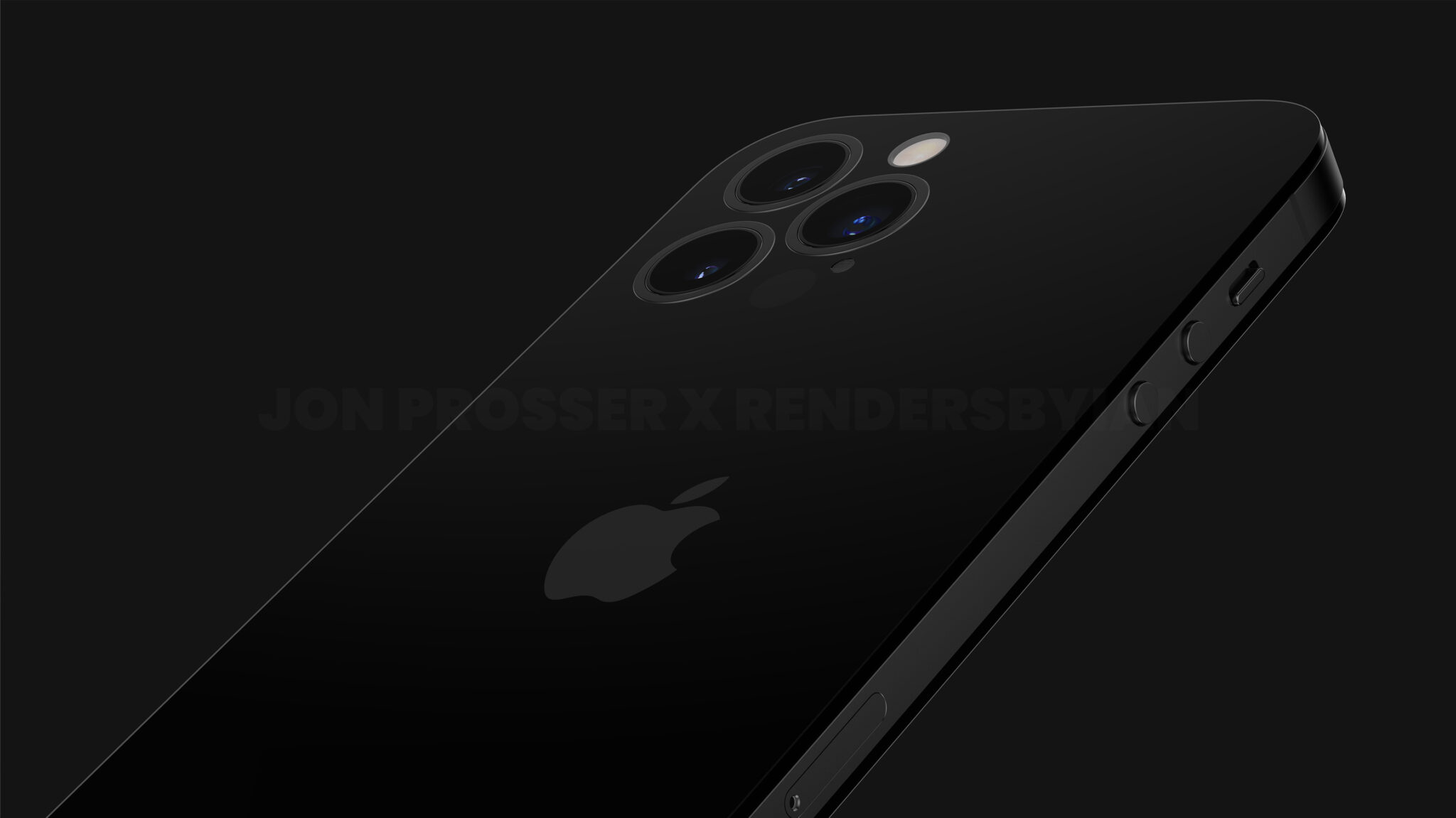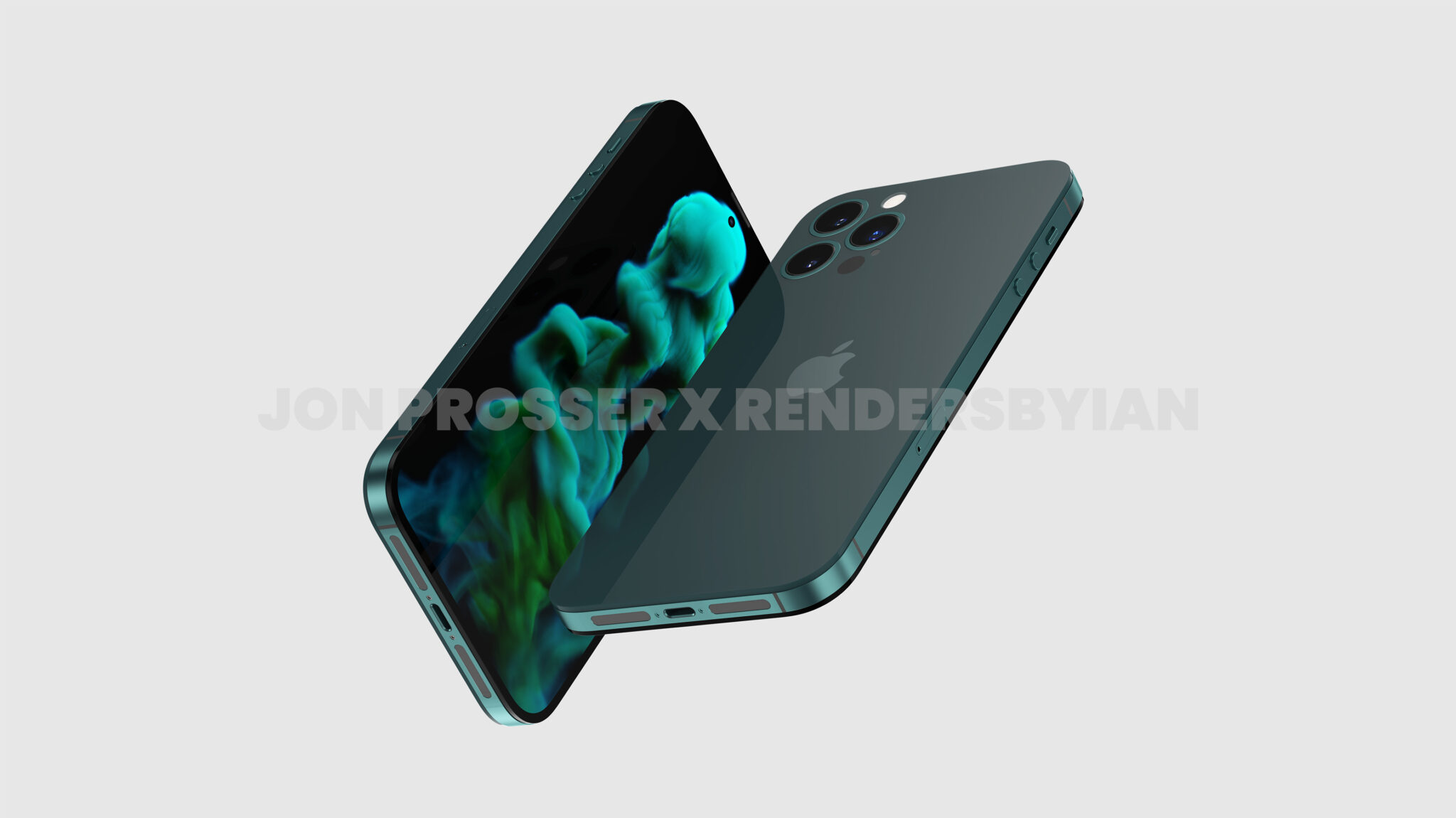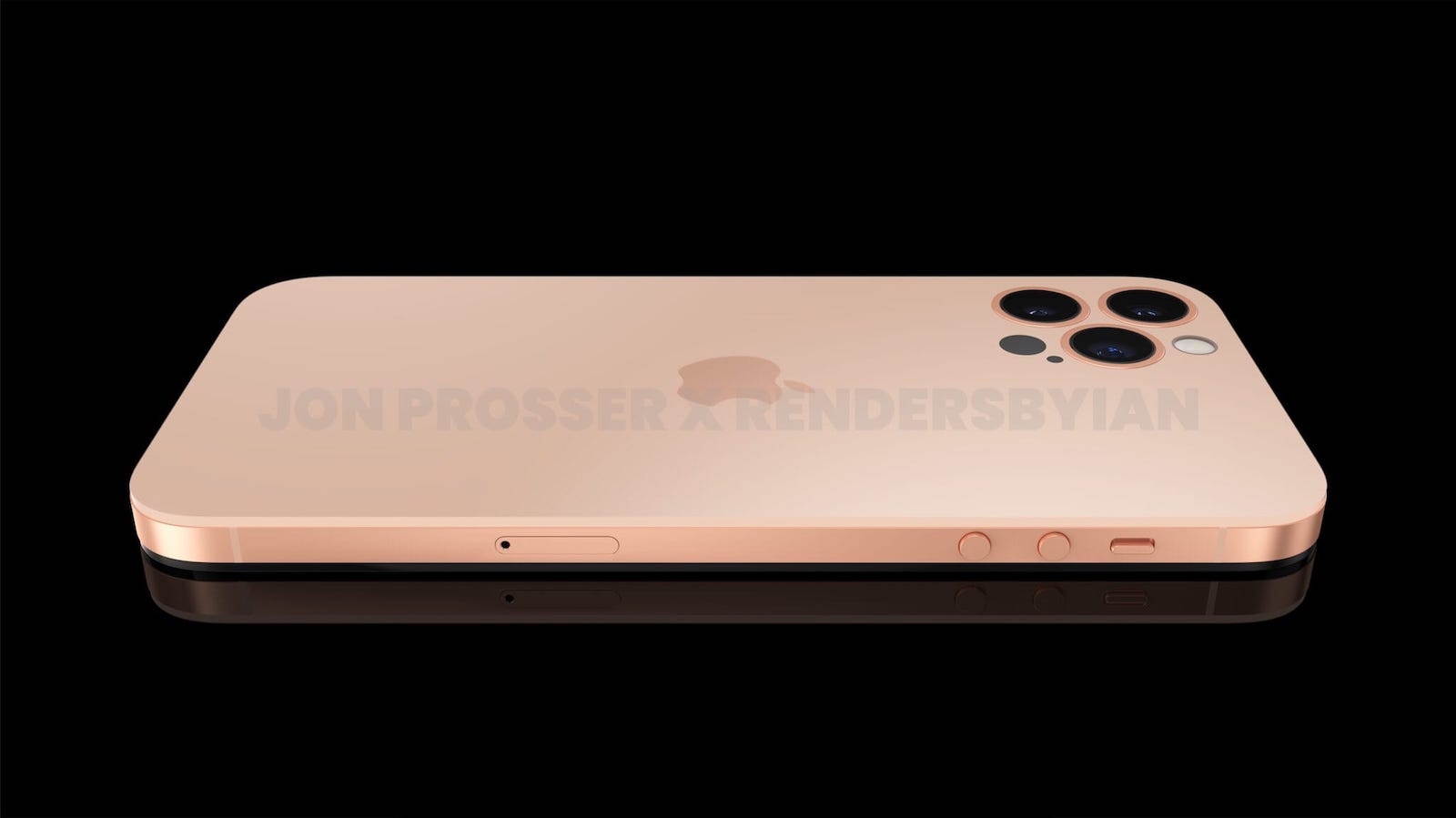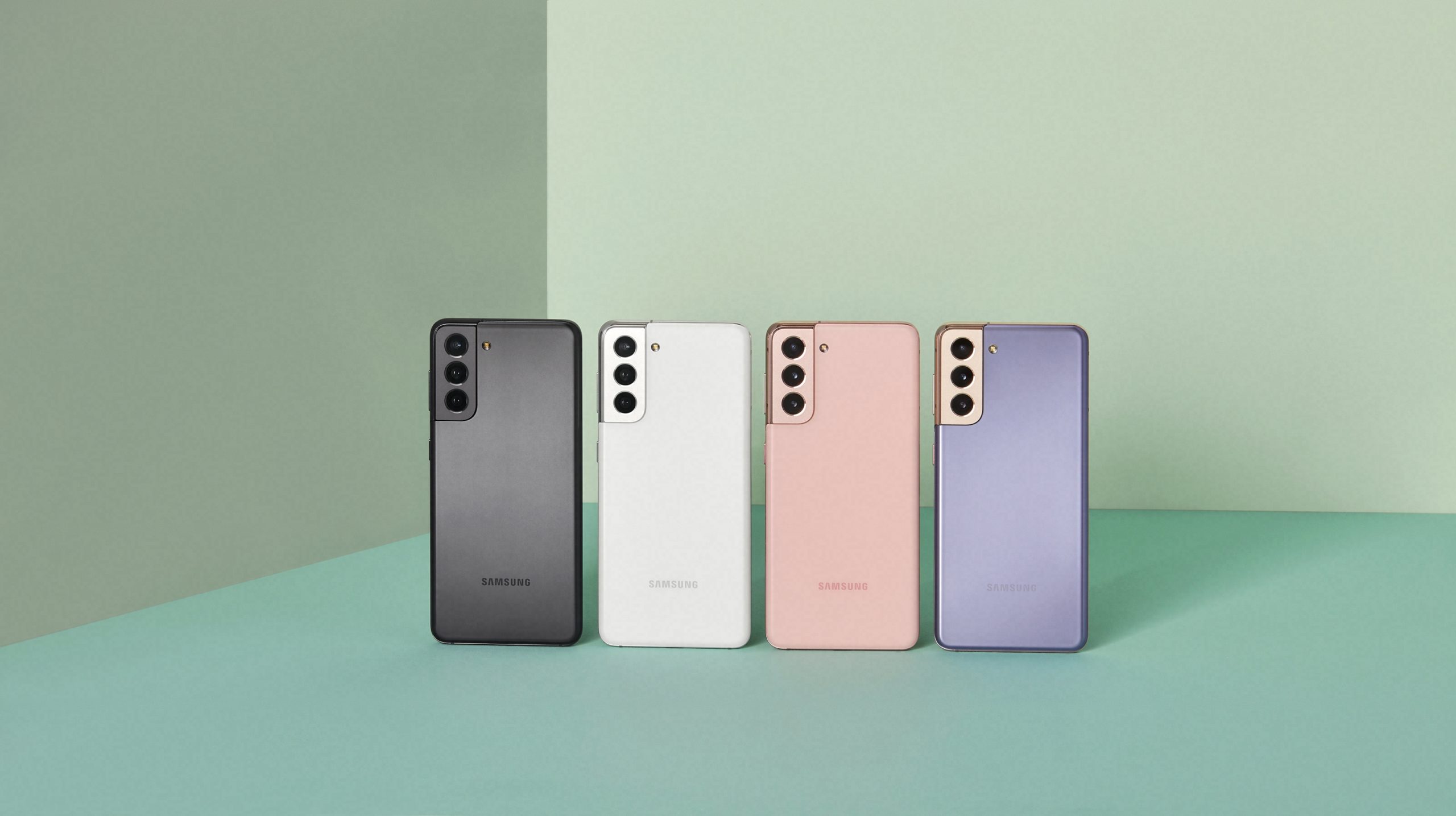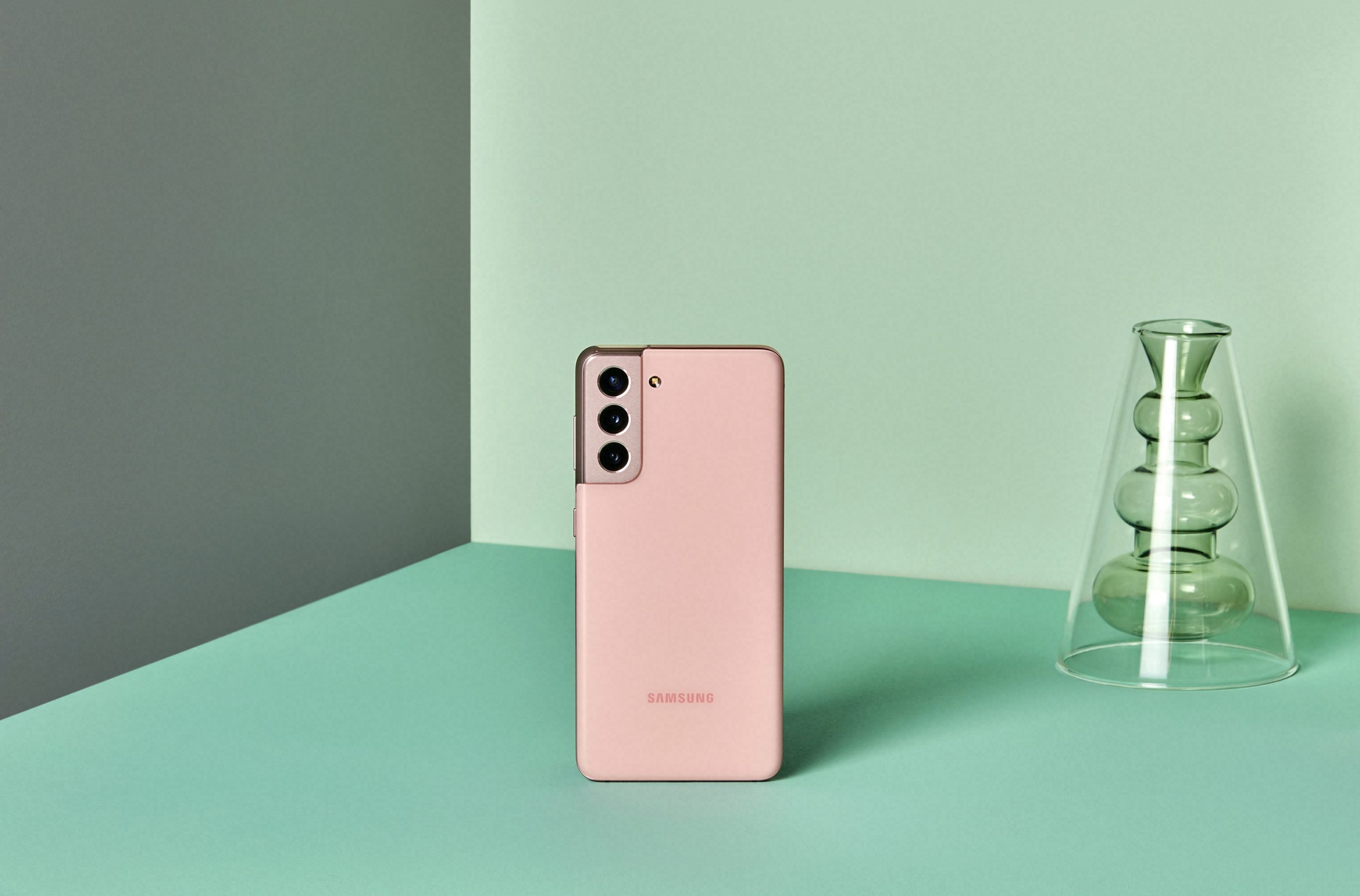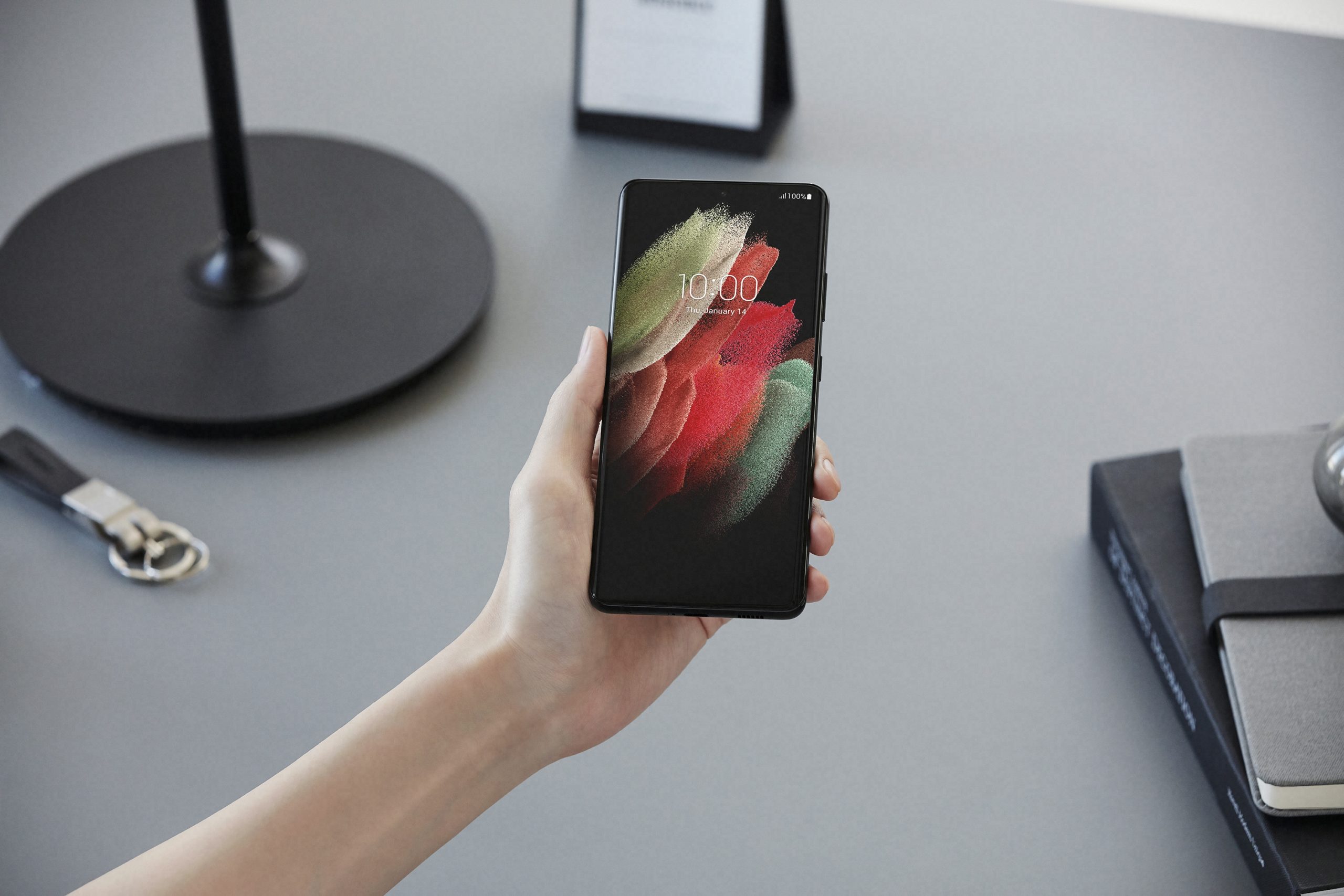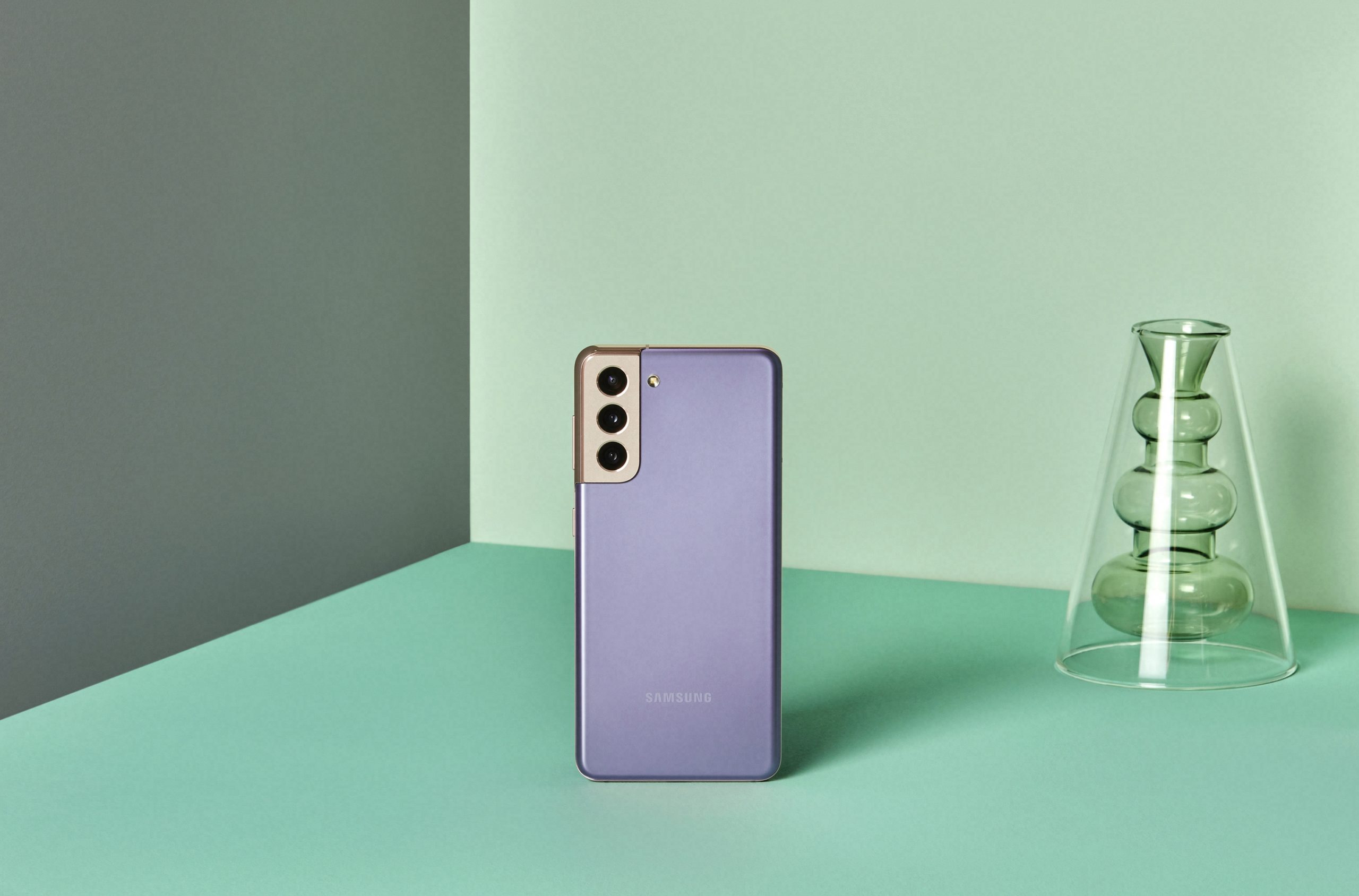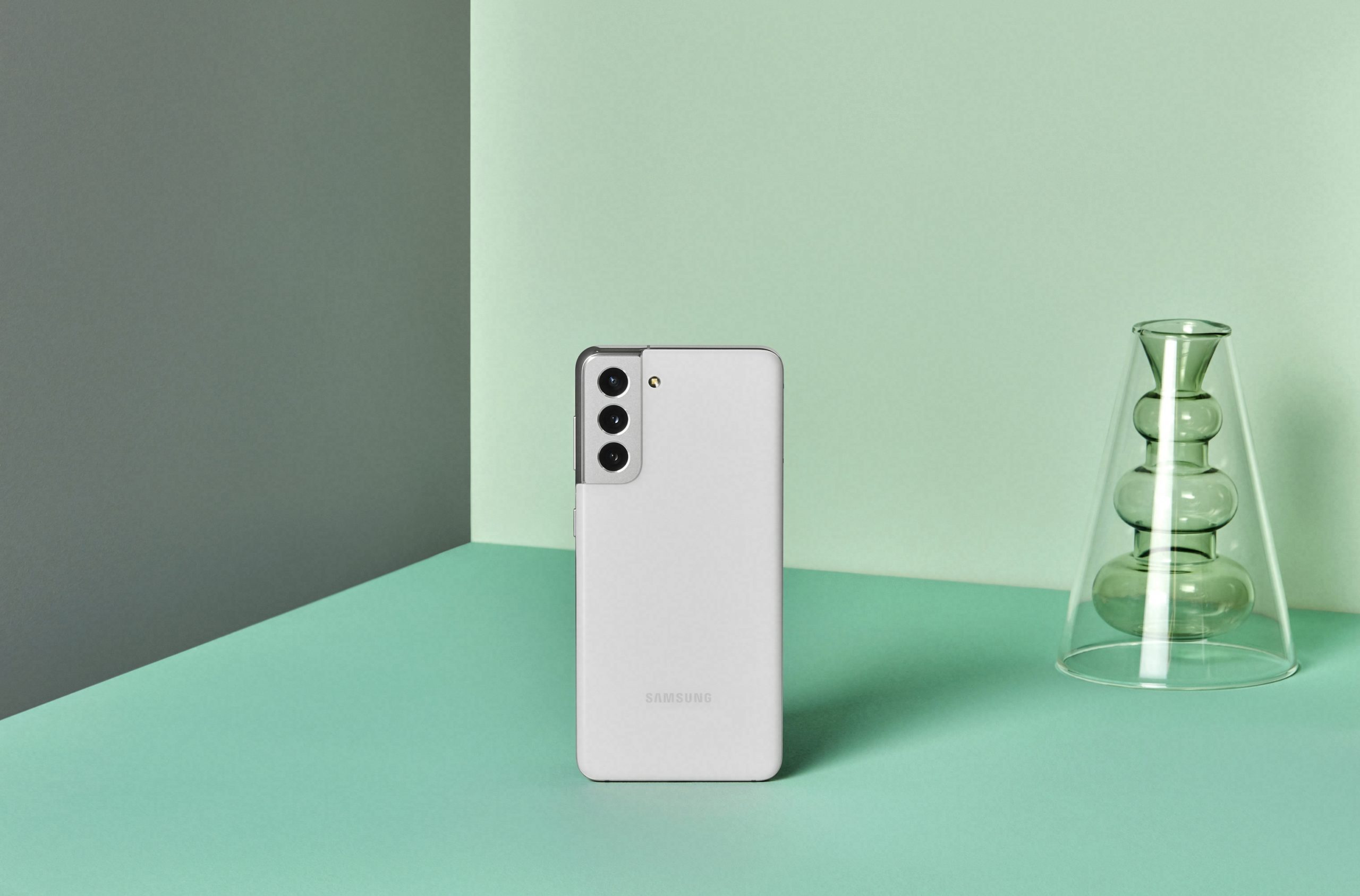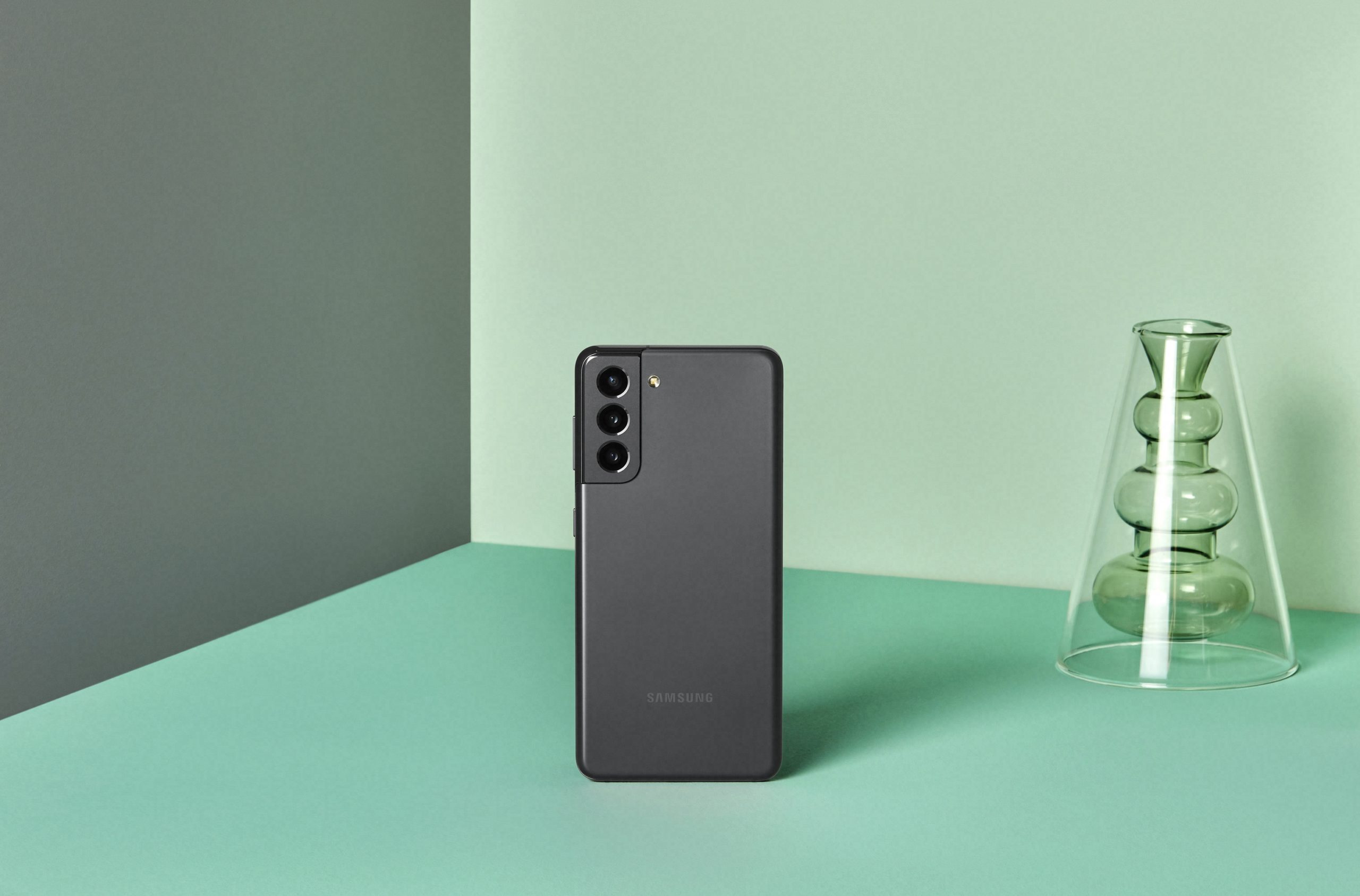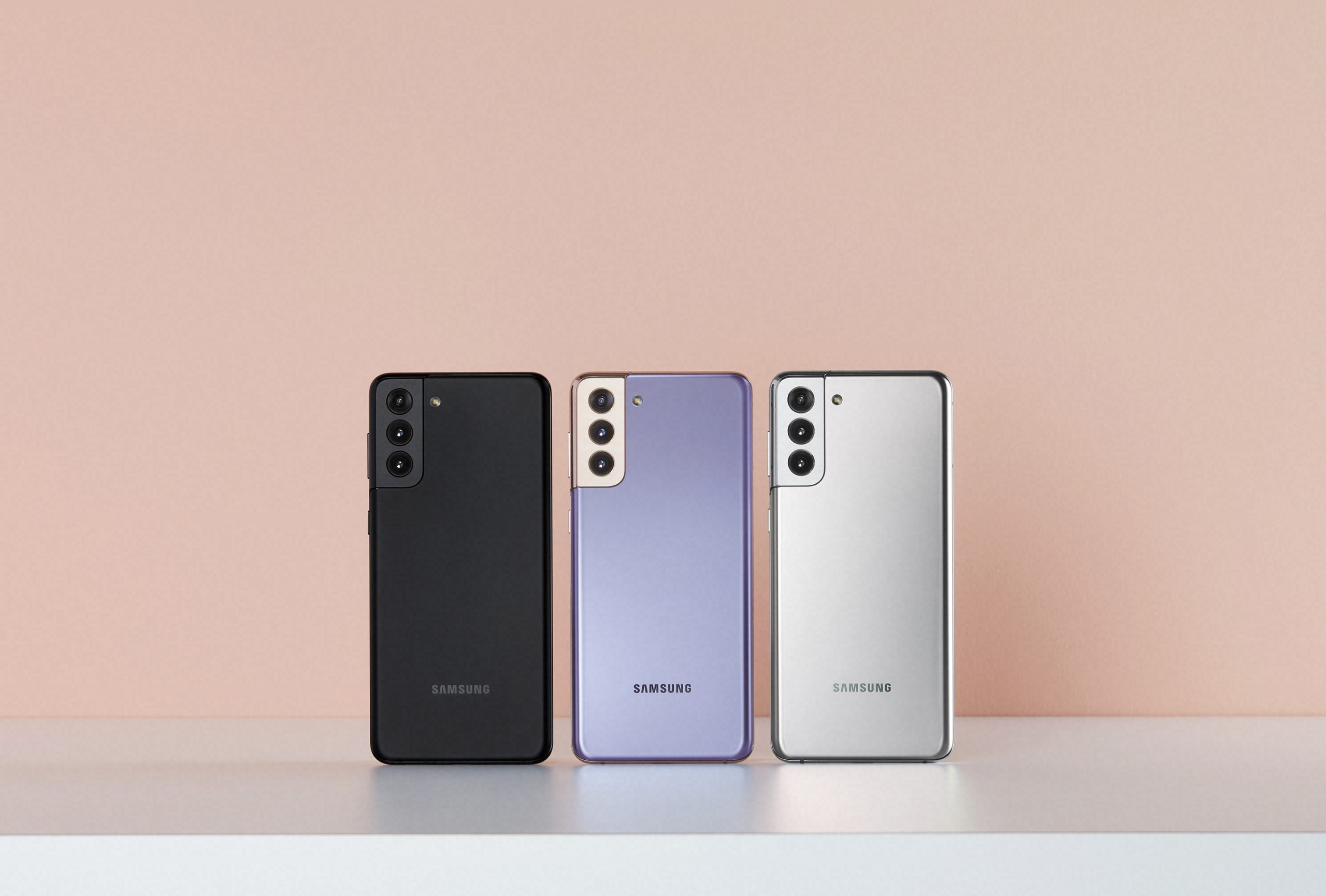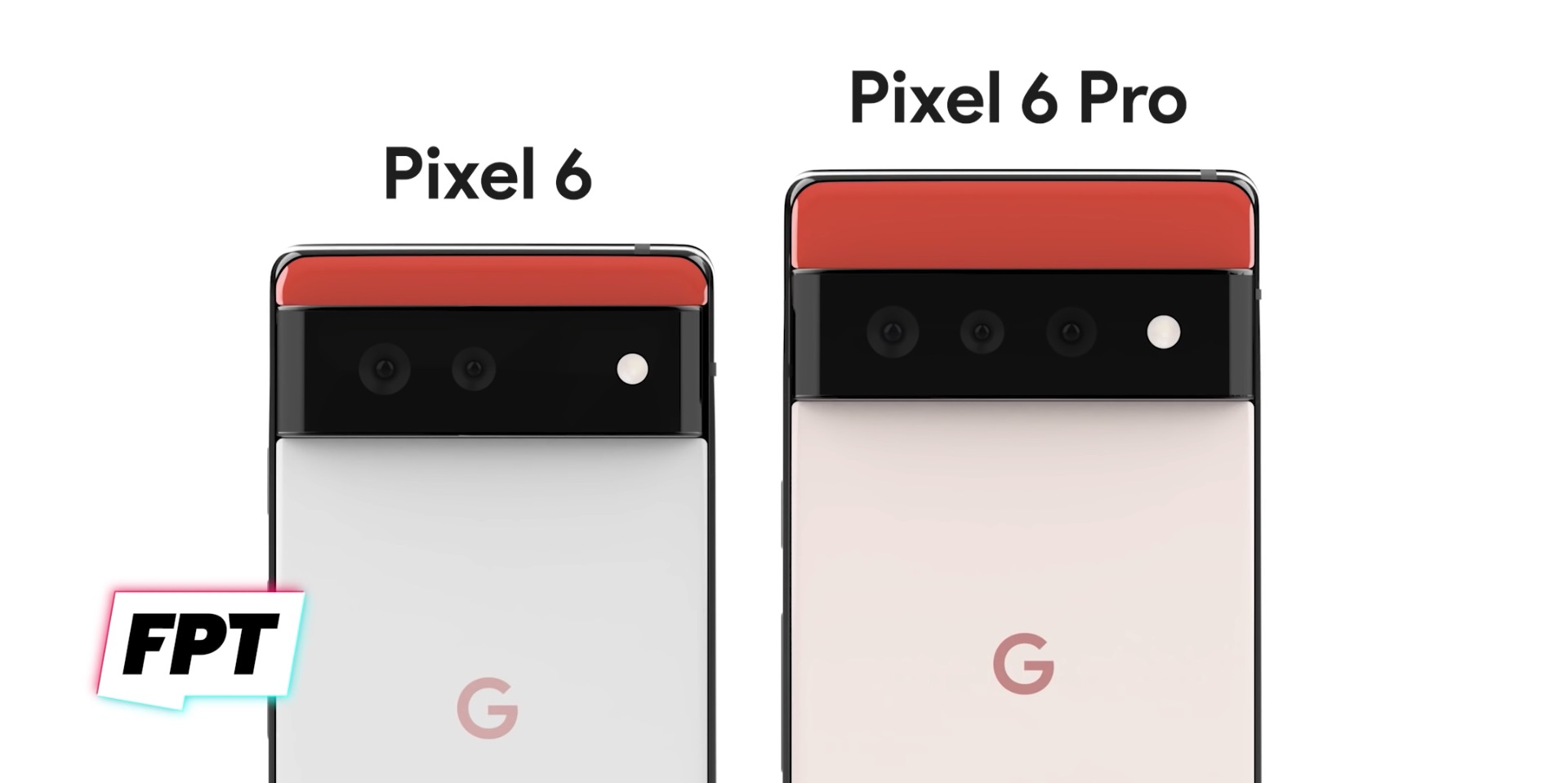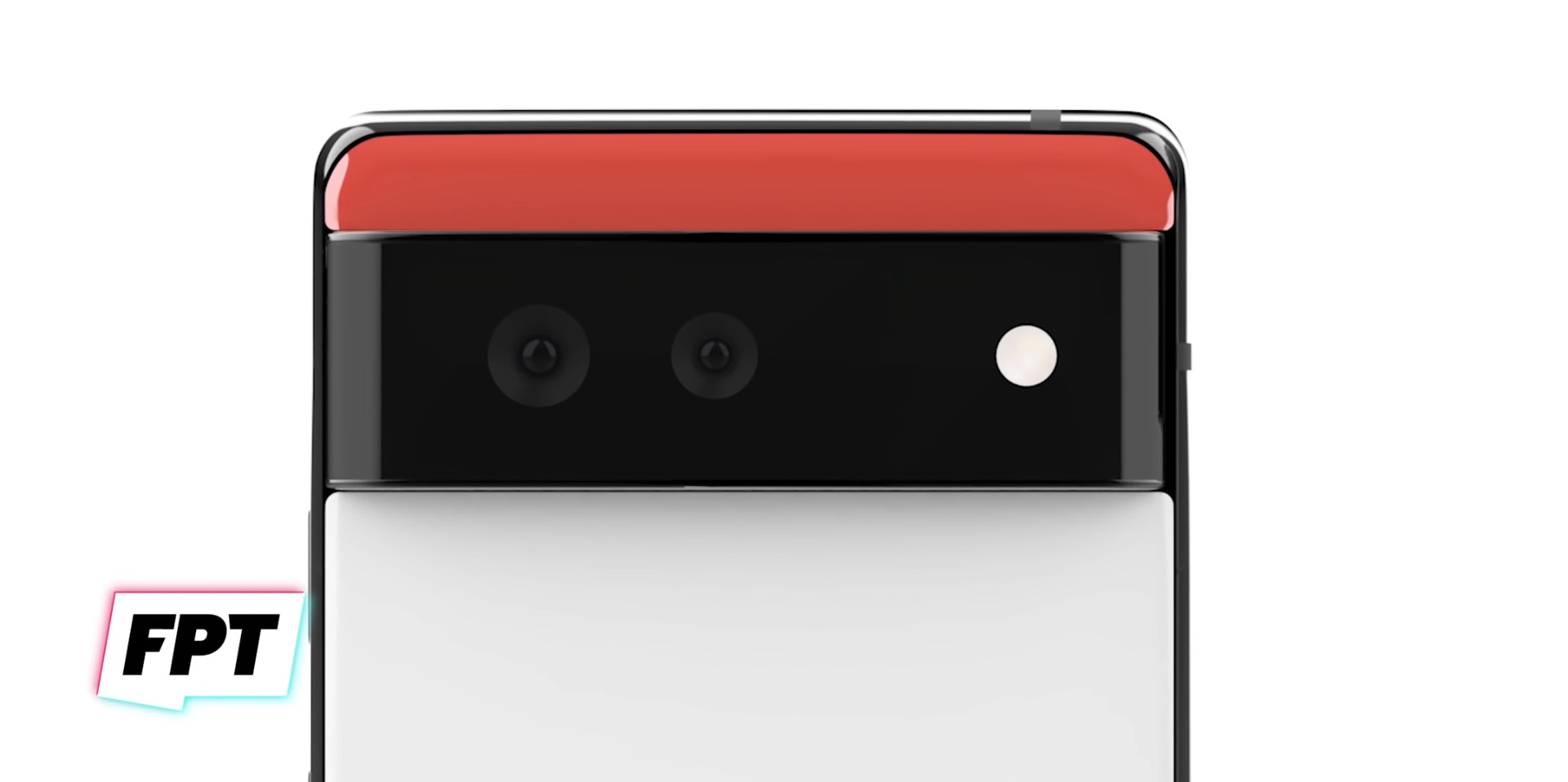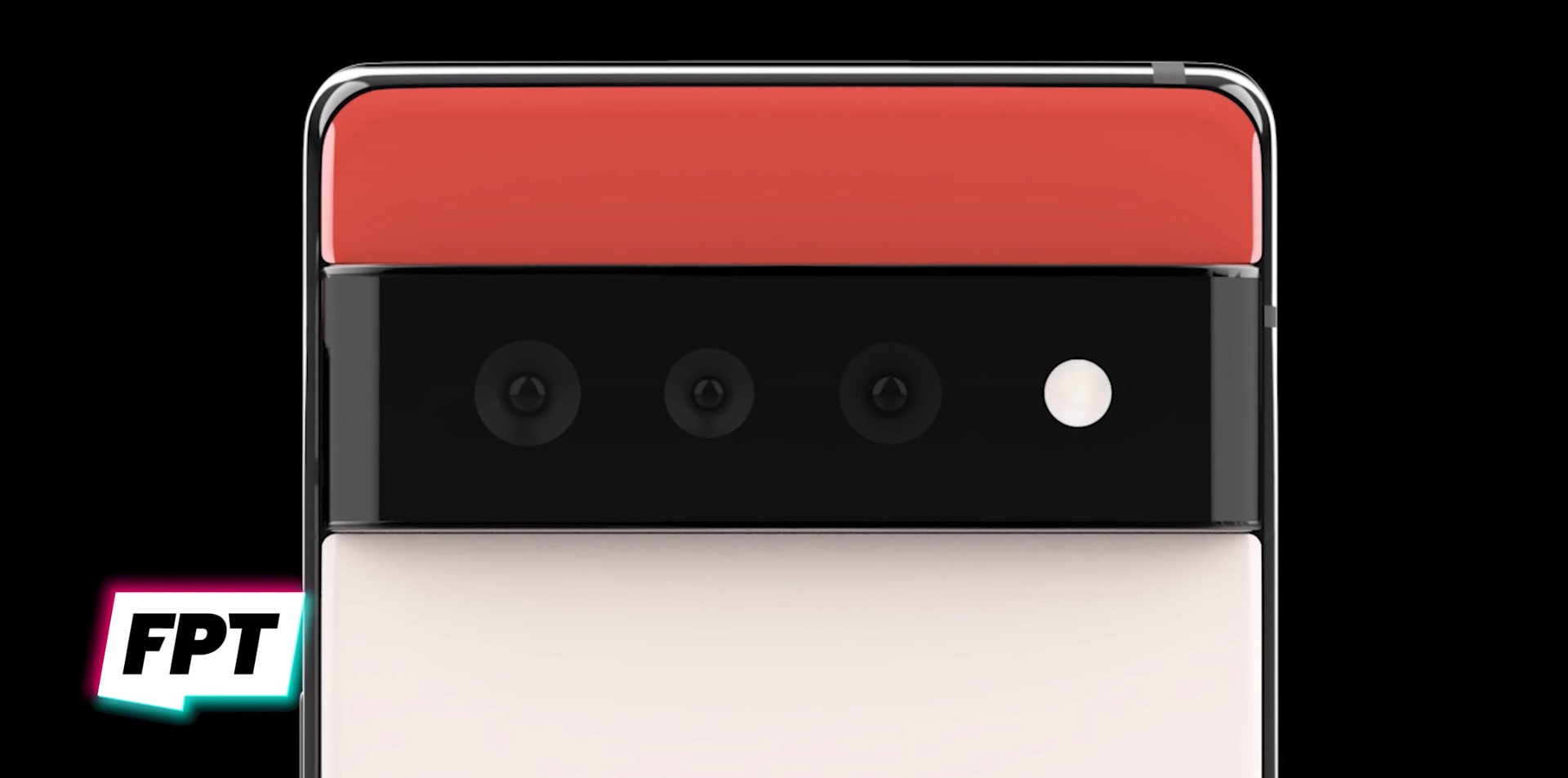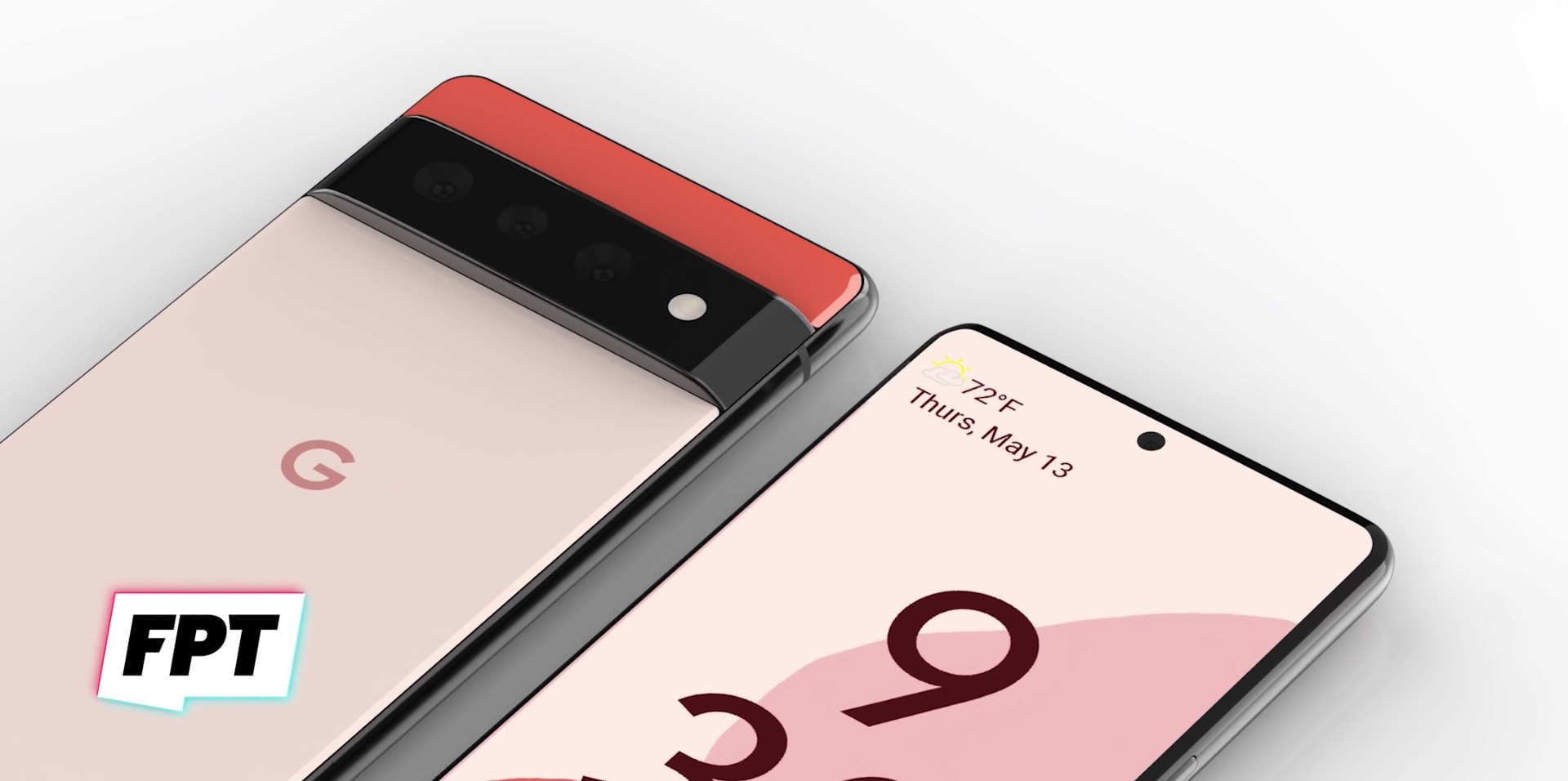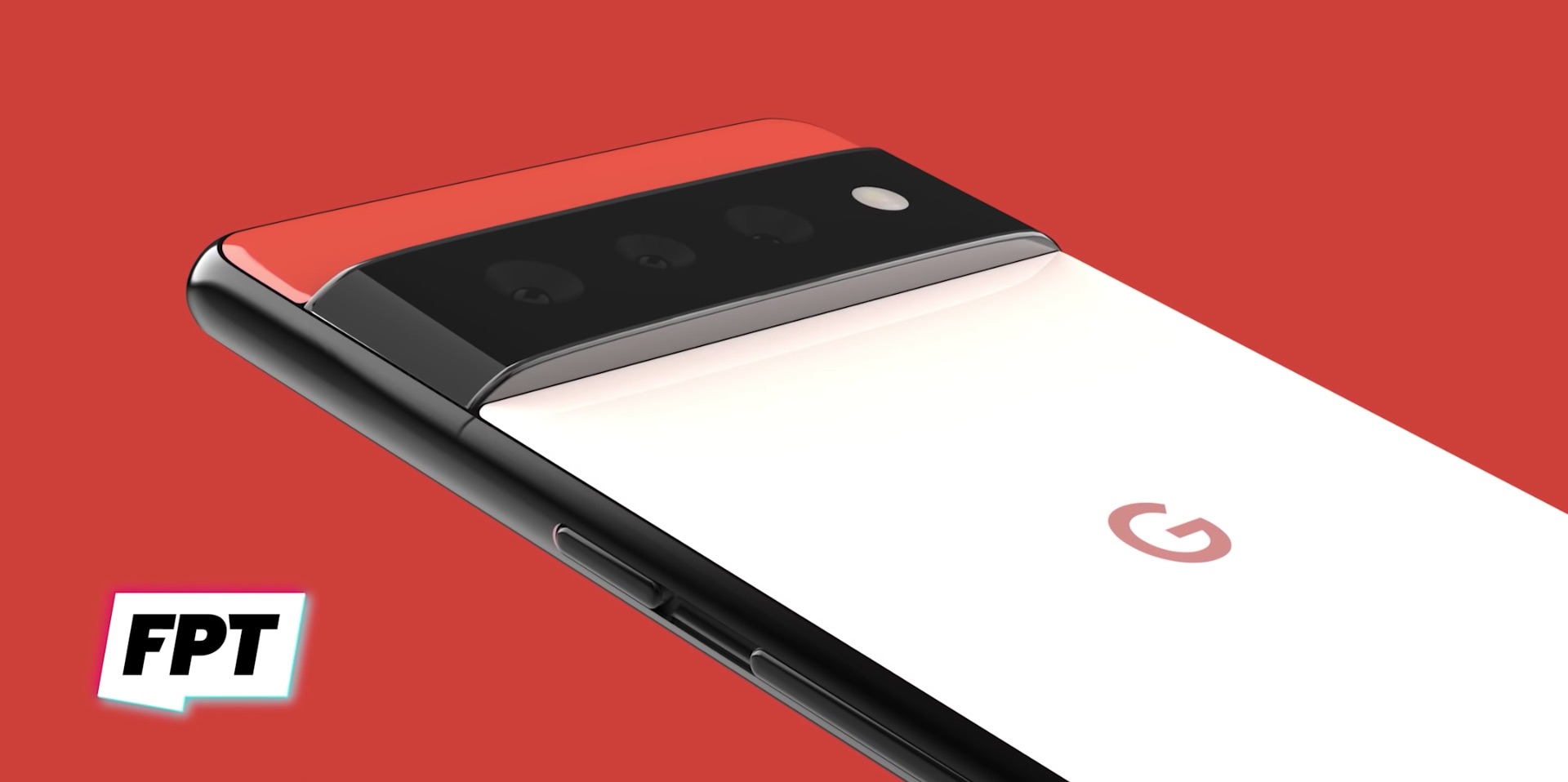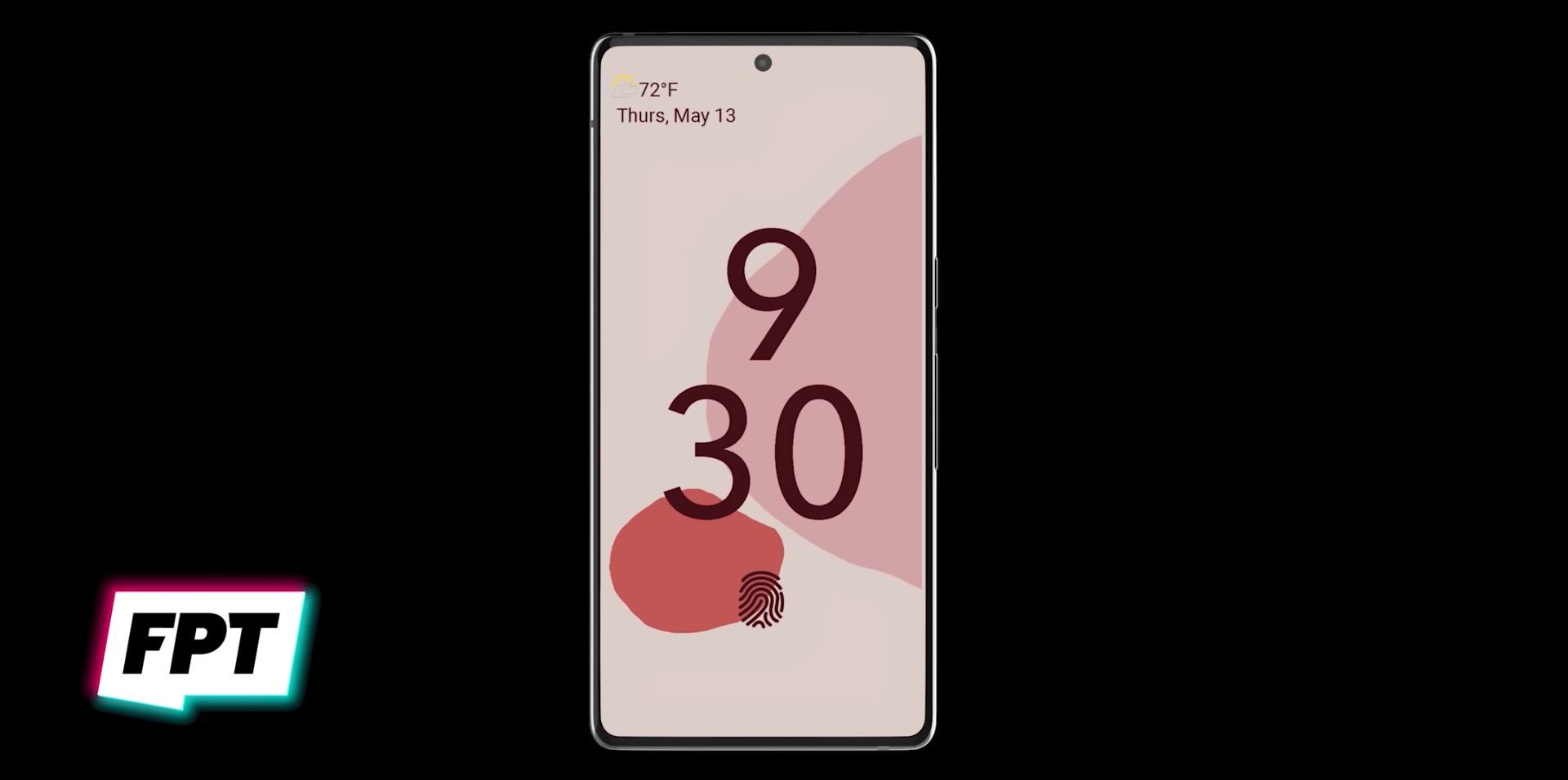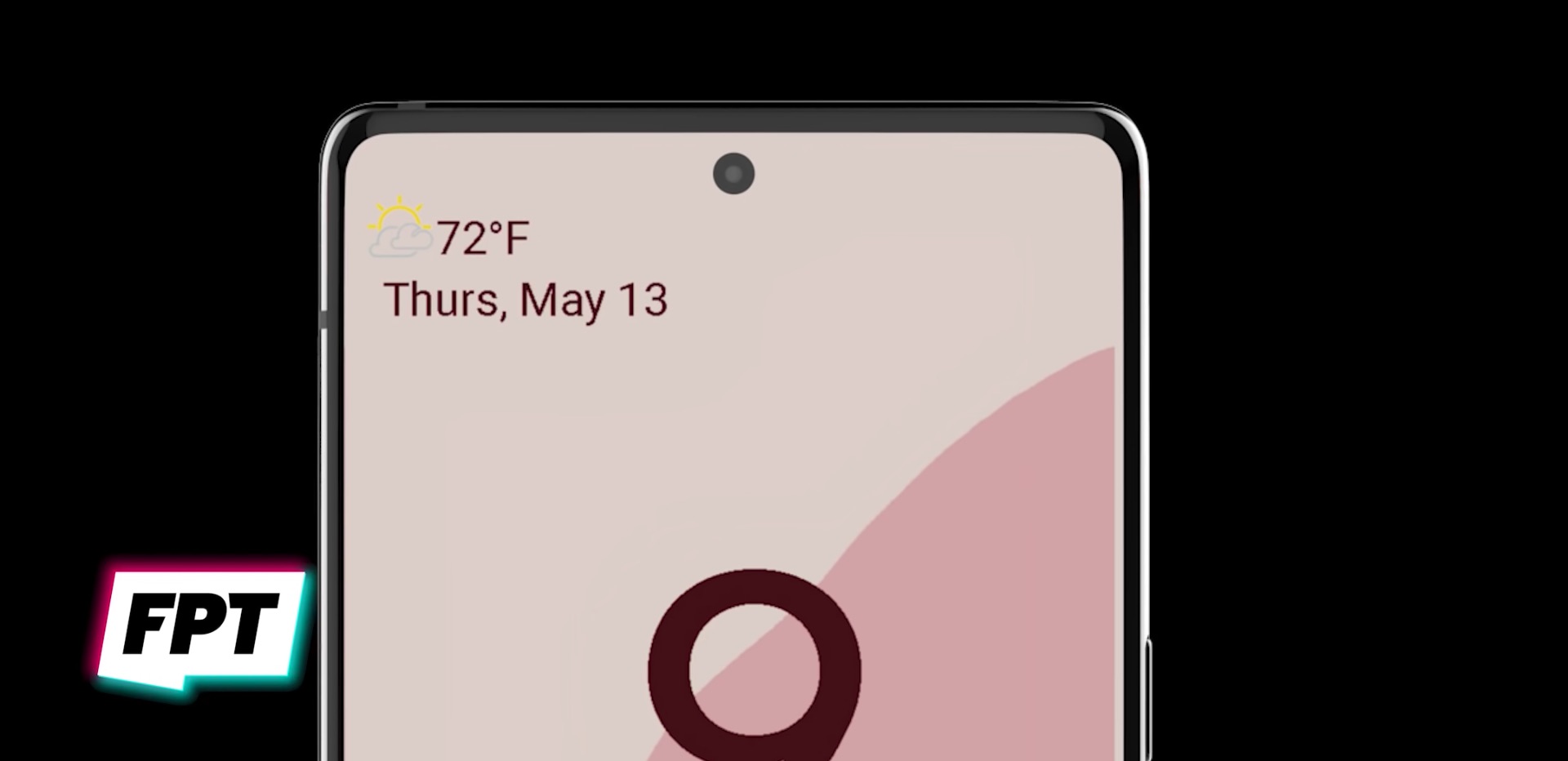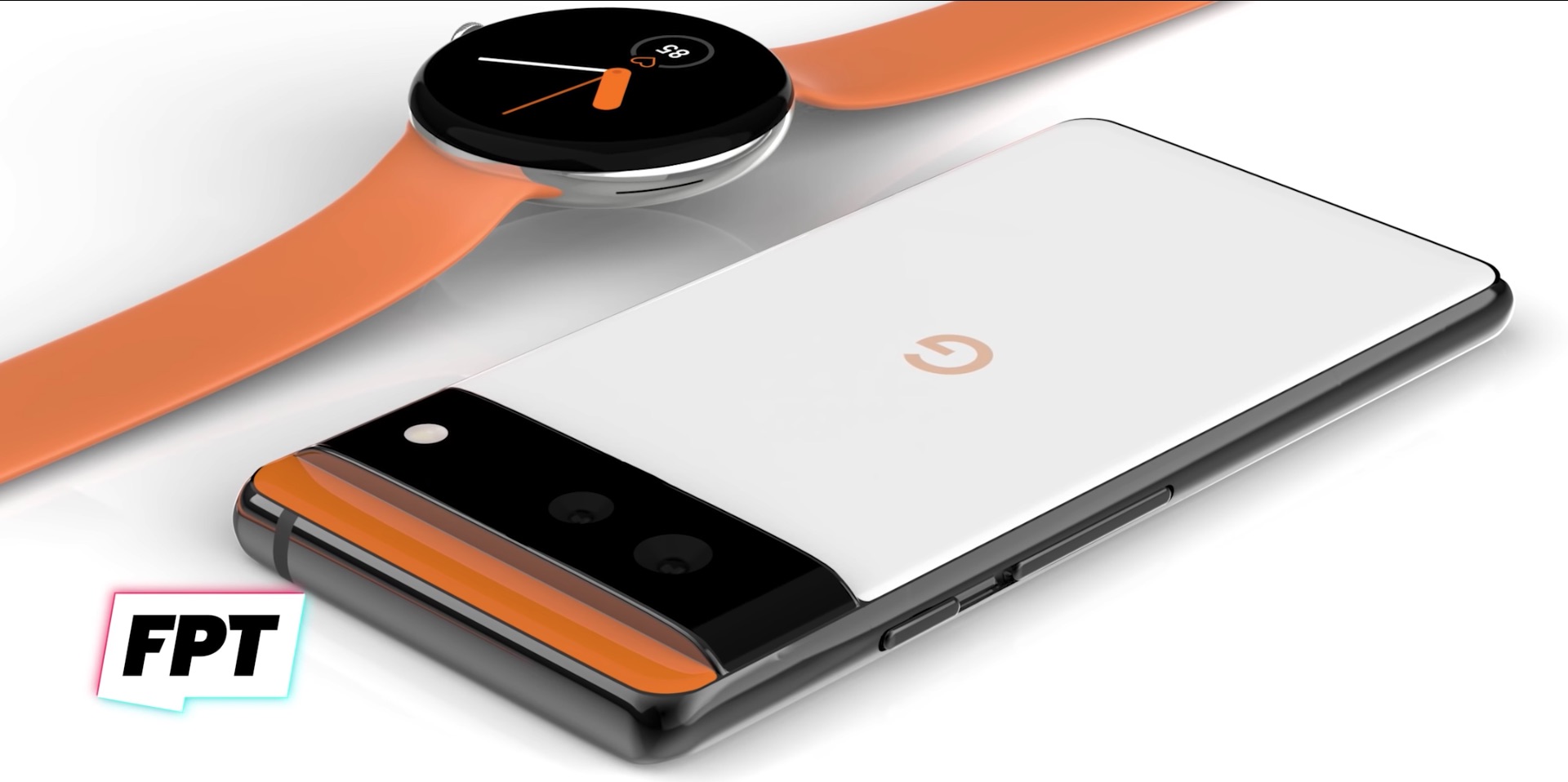Since the iPhone 6S, which was introduced in 2015, Apple has stuck to the 12MP resolution of its cameras. However, already in April of this year, Ming-Chi Kuo stated that next year we can expect a 14 MPx camera in the iPhone 48. Analyst Jeff Pu now confirms this claim. But will it be a shift for the better?
Well-known Apple analyst Ming-Chi Kuo brought in the spring based on information from Apple's supply chain a series of predictions, what the future iPhone 14 should bring as news. One of the pieces of information was that they should get a 48MP camera, at least in the case of the Pro models, namely the iPhone 14 Pro and iPhone 14 Pro Max. Since Kuo did not comment on the individual lenses, it is possible that Apple would follow the path of other manufacturers here - the main ultra-wide-angle lens would therefore get the 48 MPx, the ultra-wide-angle and telephoto lenses would remain at 12 MPx.
This has now been more or less confirmed by analyst Jeff Pu. But if Kuo has according to the website Apple Track 75,9% success rate of his predictions, of which he has already made 195 officially, Jeff Pu has a success rate of only 13% in his 62,5 reports. However, Pu said that the two Pro models will be equipped with three lenses, of which the wide-angle one will have 48 MPx and the remaining 12 MPx. But the question remains how Apple will handle the increase in megapixels, because in the end it may not be a win.
It could be interest you
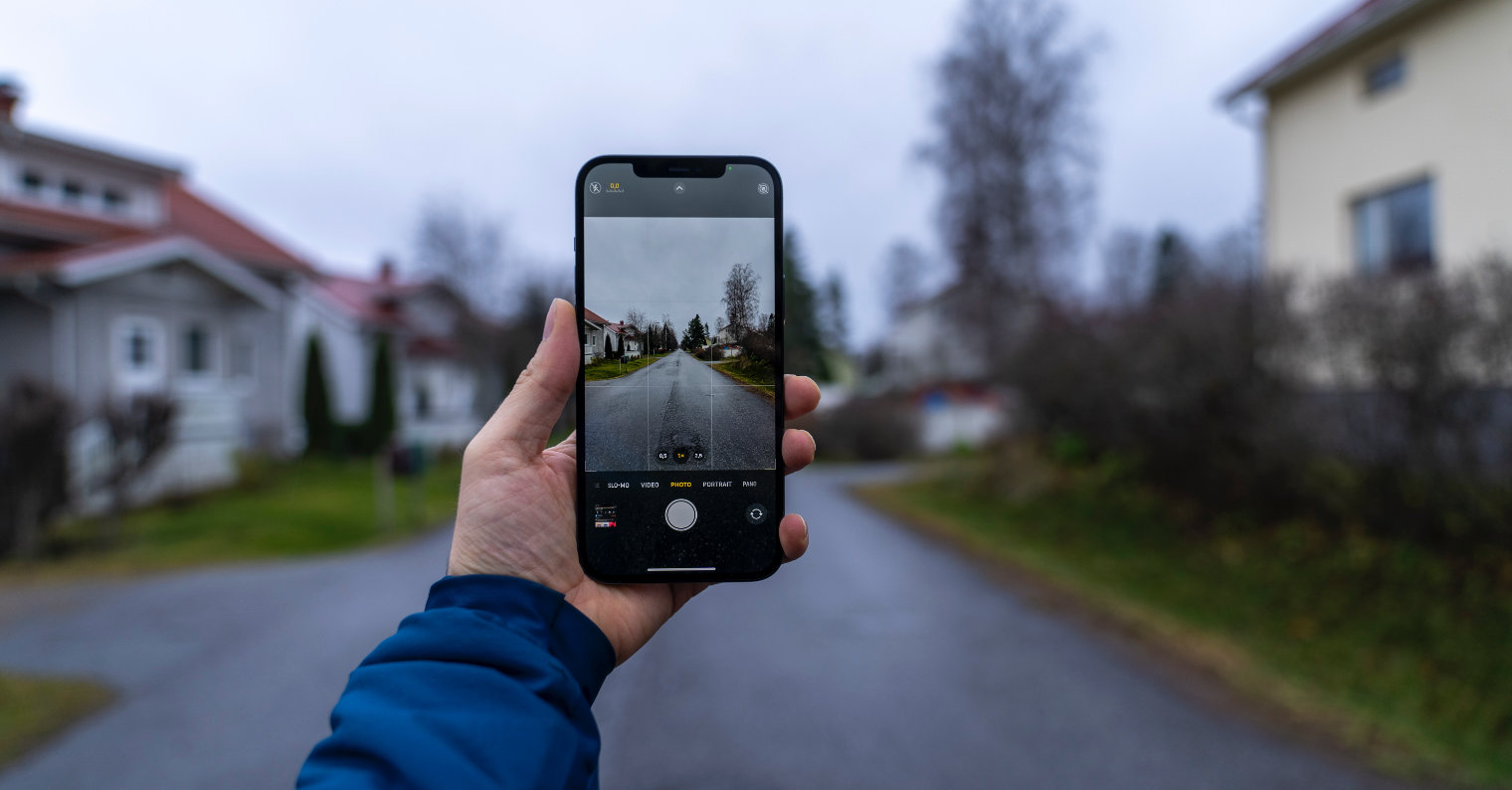
More "mega" doesn't mean better photos
This is already known from the competition, which reports high MPx numbers, while the result is actually different, lower. In the number of megapixels, more does not mean better. This is because, while more MPx may mean more detail, if they are on the same size sensor, the resulting photo suffers from noise because each pixel is simply smaller.
On the same large wide-angle sensor that the iPhone 13 Pro now has, there is now 12 MPx, but in the case of 48 MPx, each pixel would have to be four times smaller. The advantage is practically only in digital zooming, which gives you more information from the scene detail. However, manufacturers commonly do this by combining pixels into one, which is called pixel binning. So if the iPhone 14 brought 48 MPx on the same size sensor, and combined 4 pixels into one like this, the result would still be a 12 MPx photo.
So far, Apple has ignored the megapixel wars and instead focused on increasing pixels to deliver the best low-light images possible. So he went the route of quality over quantity. Of course, pixel merging can be enabled or disabled. Even the Samsung Galaxy S21 Ultra can do it, for example, with its 108 MPx camera. By default, it takes pictures with pixel merging, but if you want, it will also take a 108MPx photo.
Apple could go about it with its iPhone 14 Pro depending on the conditions on the scene. The automation would then conclude that if there is enough light, the photo will be 48MPx, if it is dark, the result will be calculated by combining pixels and therefore only 12MPx. He could practically achieve the best of both worlds. But it is also a question of whether it can increase the size of the sensor itself so that the sum of four is larger than the current one (which is 1,9 µm in size).
It could be interest you

50 MPx sets the trend
If you look at the ranking DXOMark evaluating the best photomobiles, it is dominated by the Huawei P50 Pro, which has a 50MP main camera that takes 12,5MP images as a result. It is even accompanied by a 64MPx telephoto lens, which takes 16MPx pictures as a result. The second is the Xiaomi Mi 11 Ultra and the third is the Huawei Mate 40 Pro+, both of which also have a 50MPx main camera.
iPhones 13 Pro and 13 Pro Max are then present in fourth place, which separates them from the leader by 7 points. The following Huawei Mate 50 Pro or Google Pixel 40 Pro also have 6 MPx. As you can see, 50 MPx is the current trend. On the other hand, 108 MPx did not pay off much for Samsung, as the Galaxy S21 Ultra is only 26th, while it was also overtaken by the iPhone 13 or, for that matter, the predecessor from its own stable in the form of the S20 Ultra model.
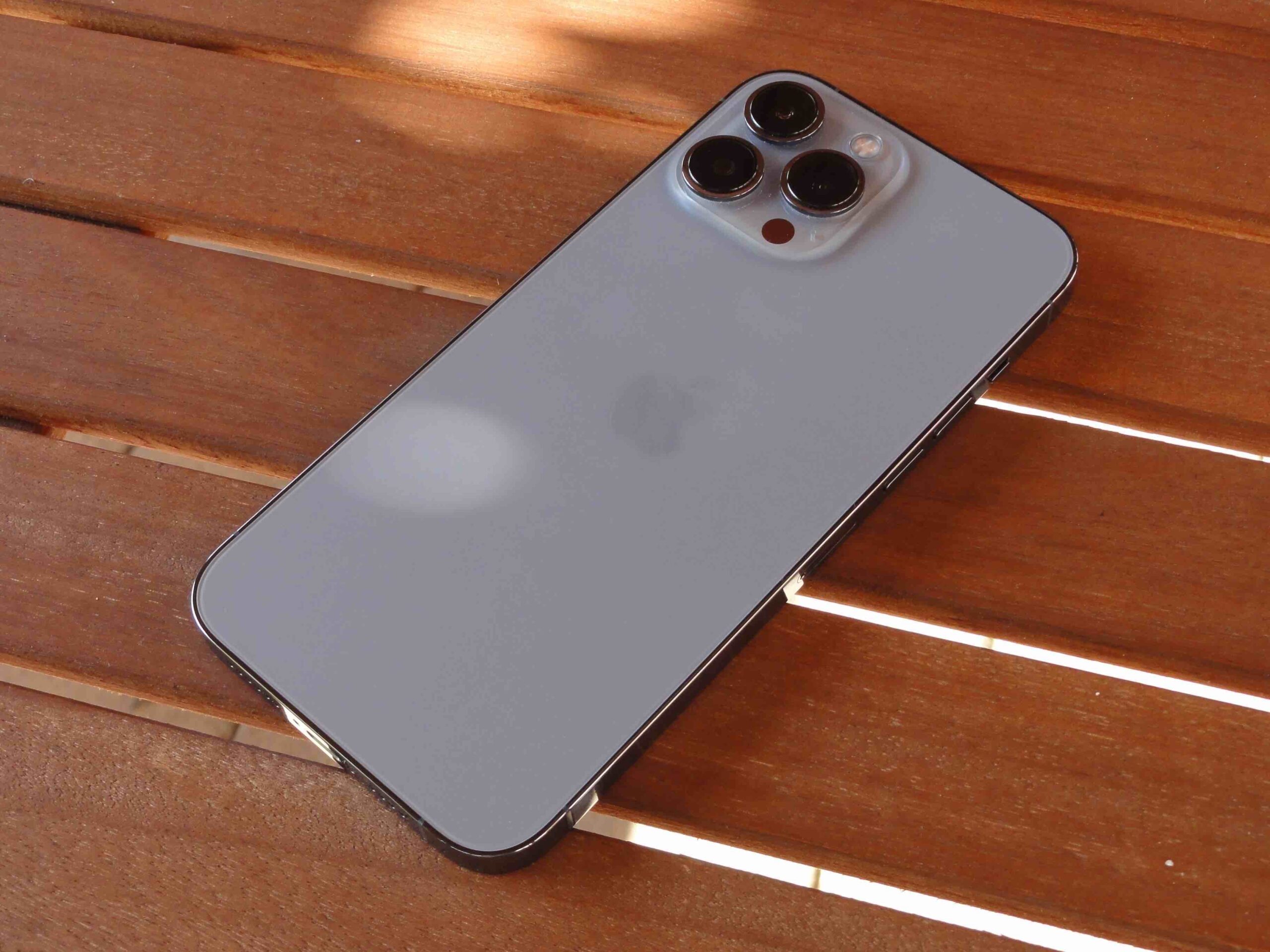
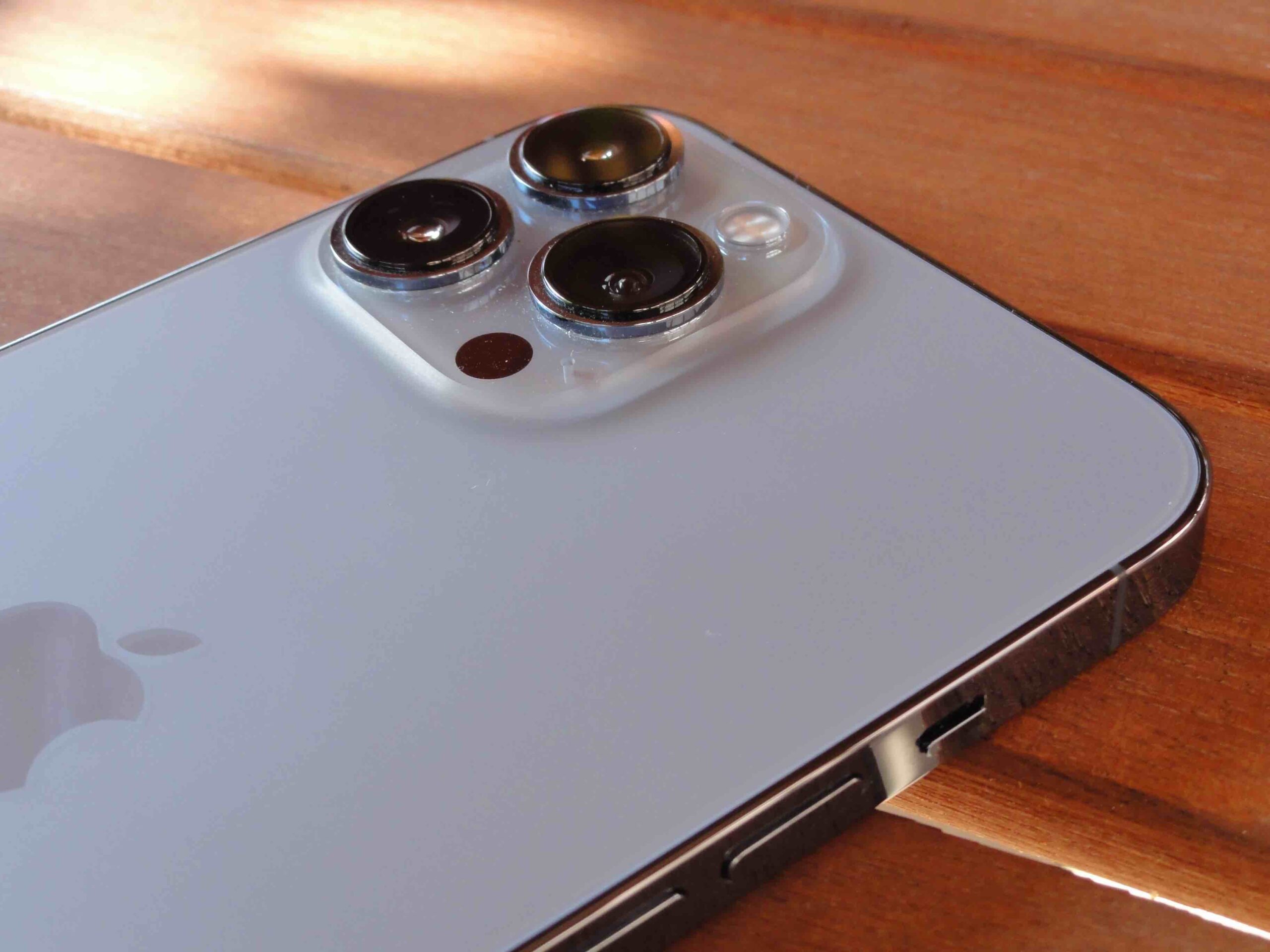
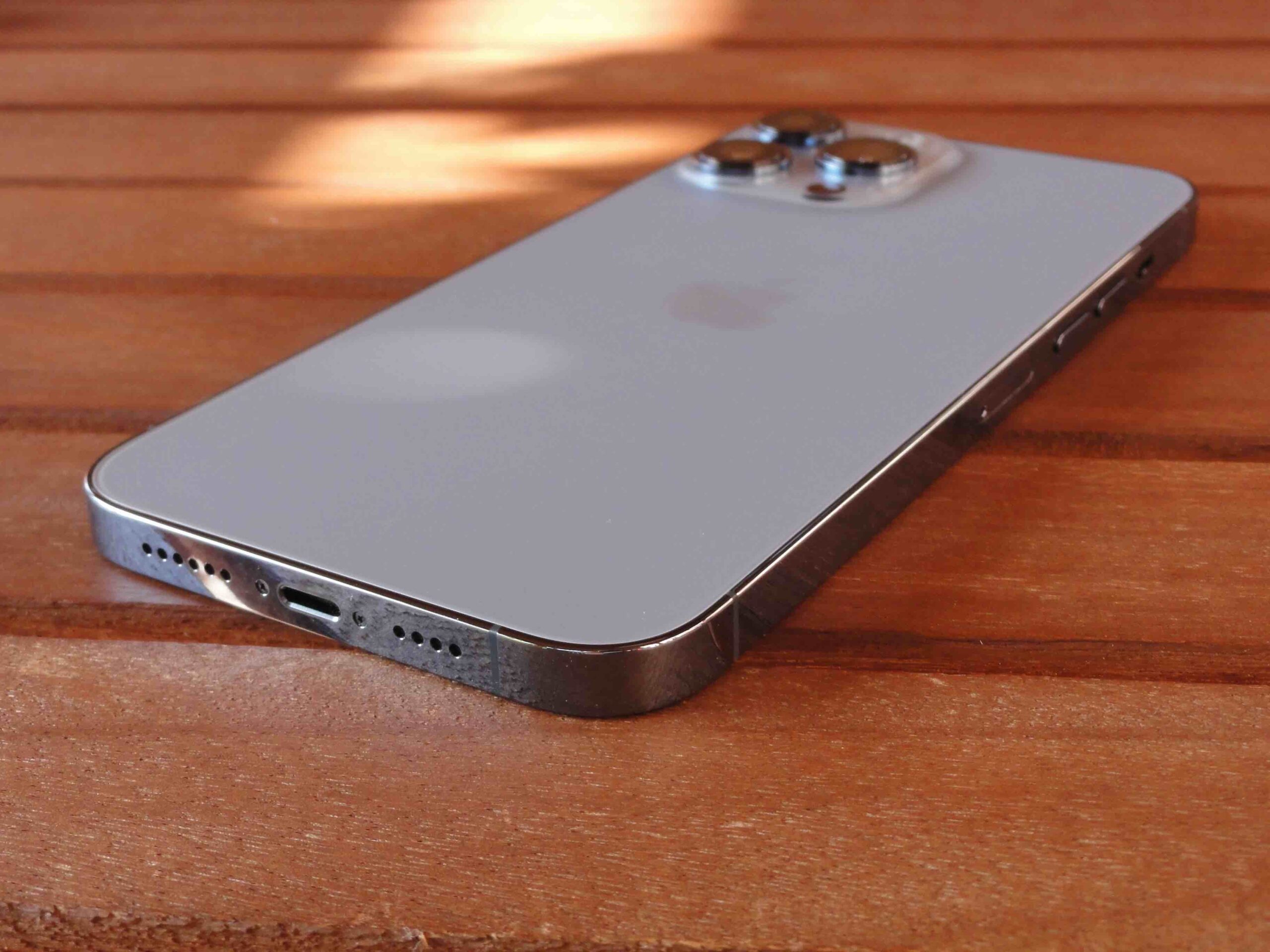
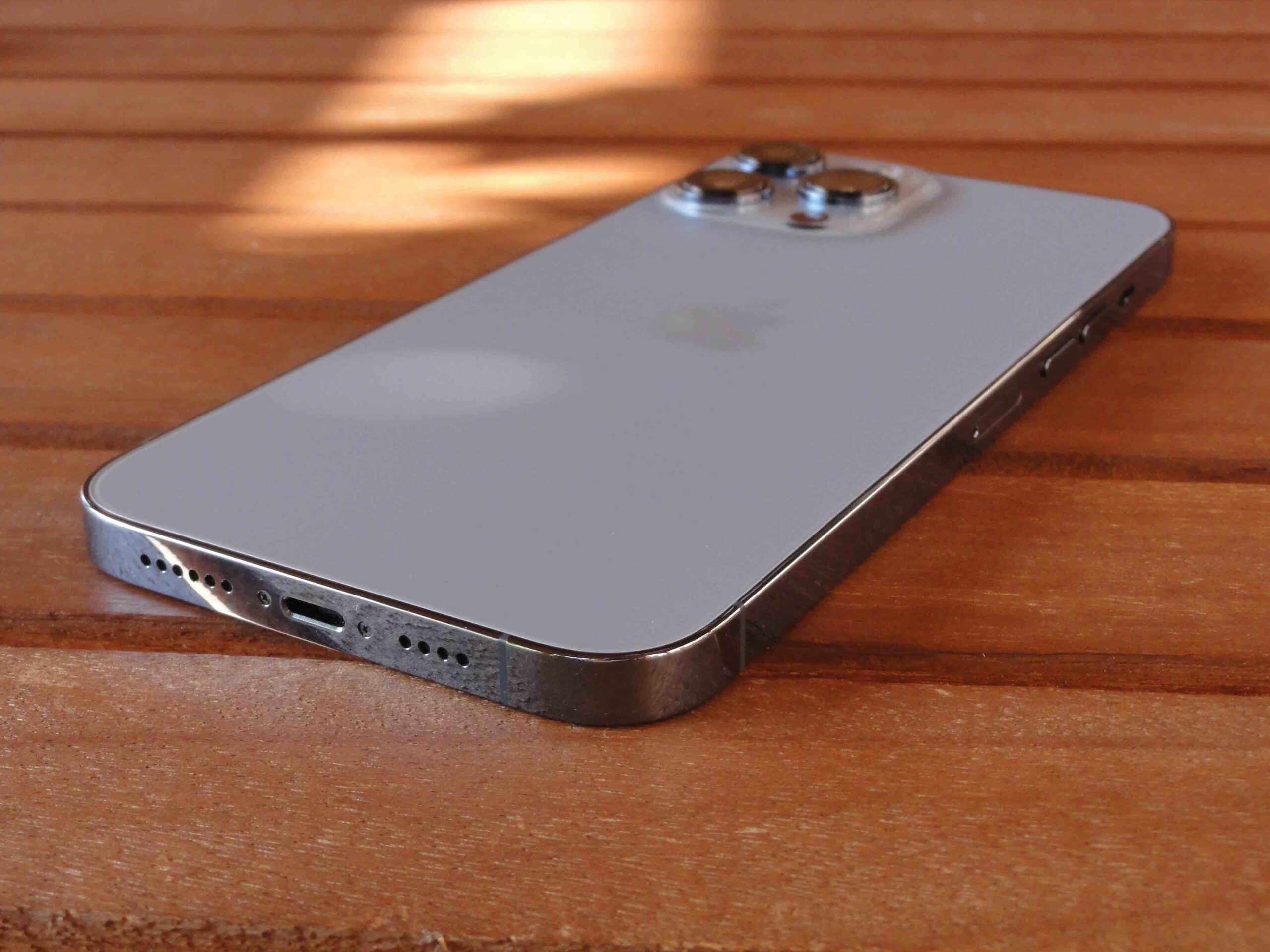
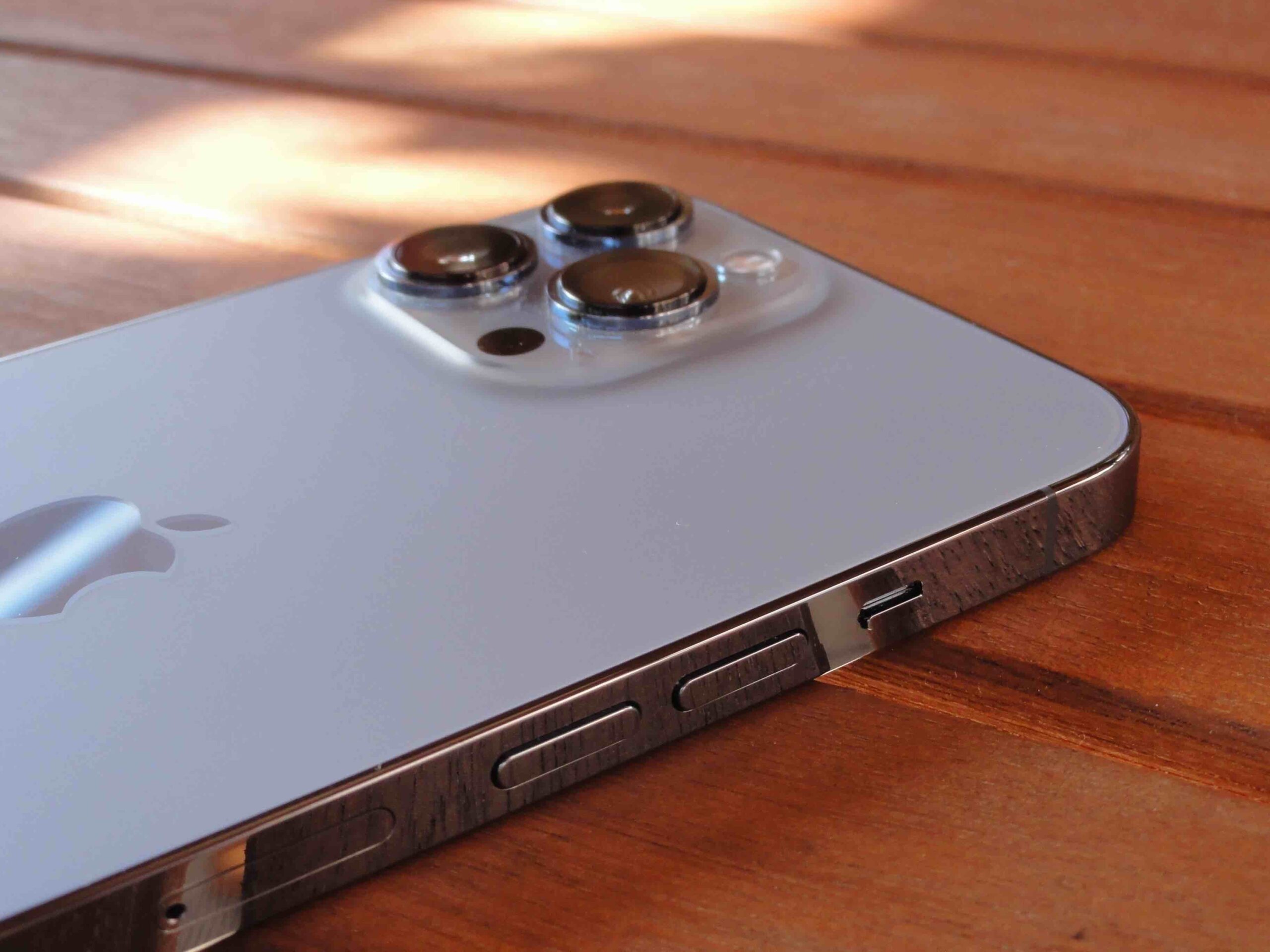
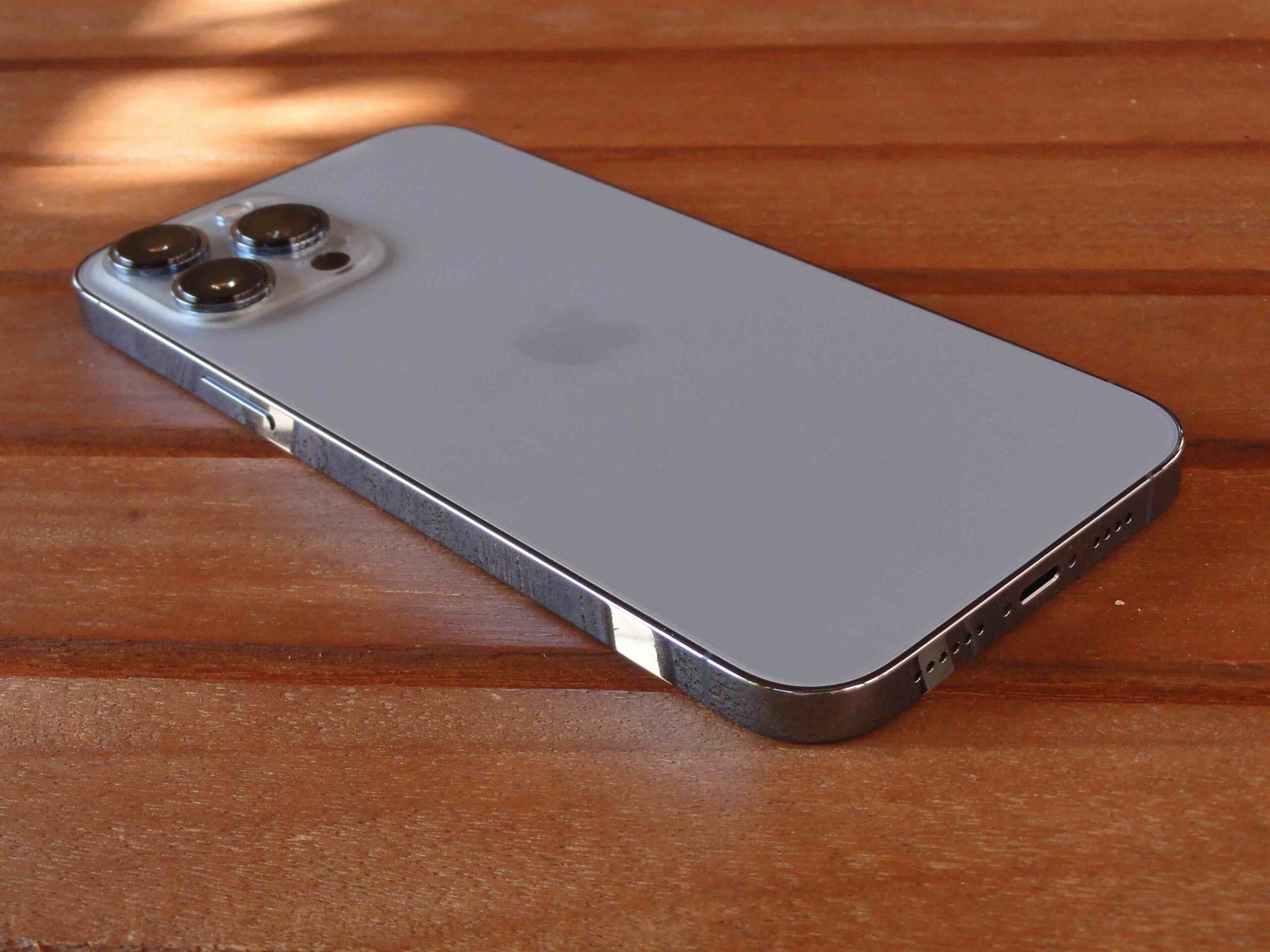
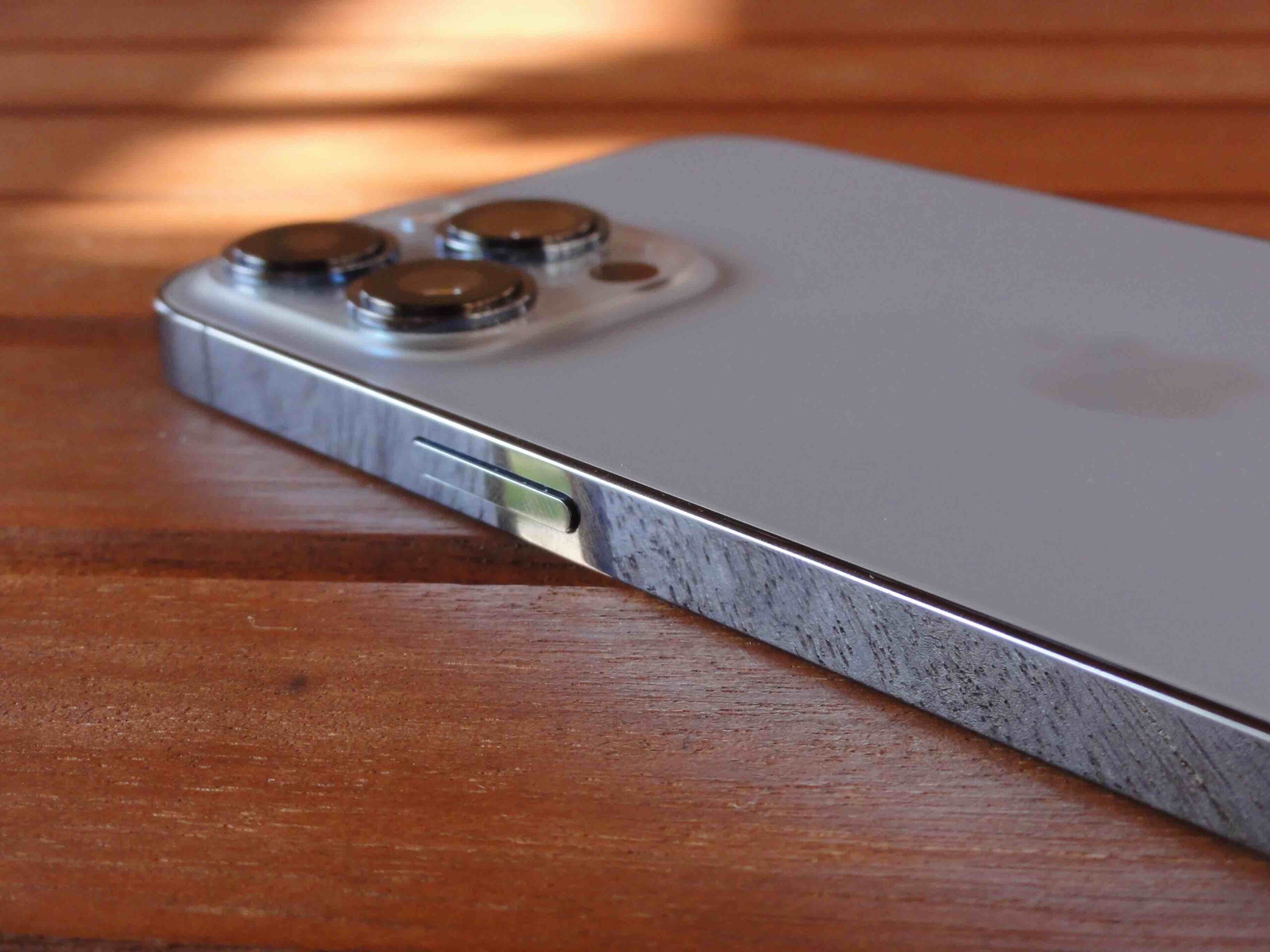
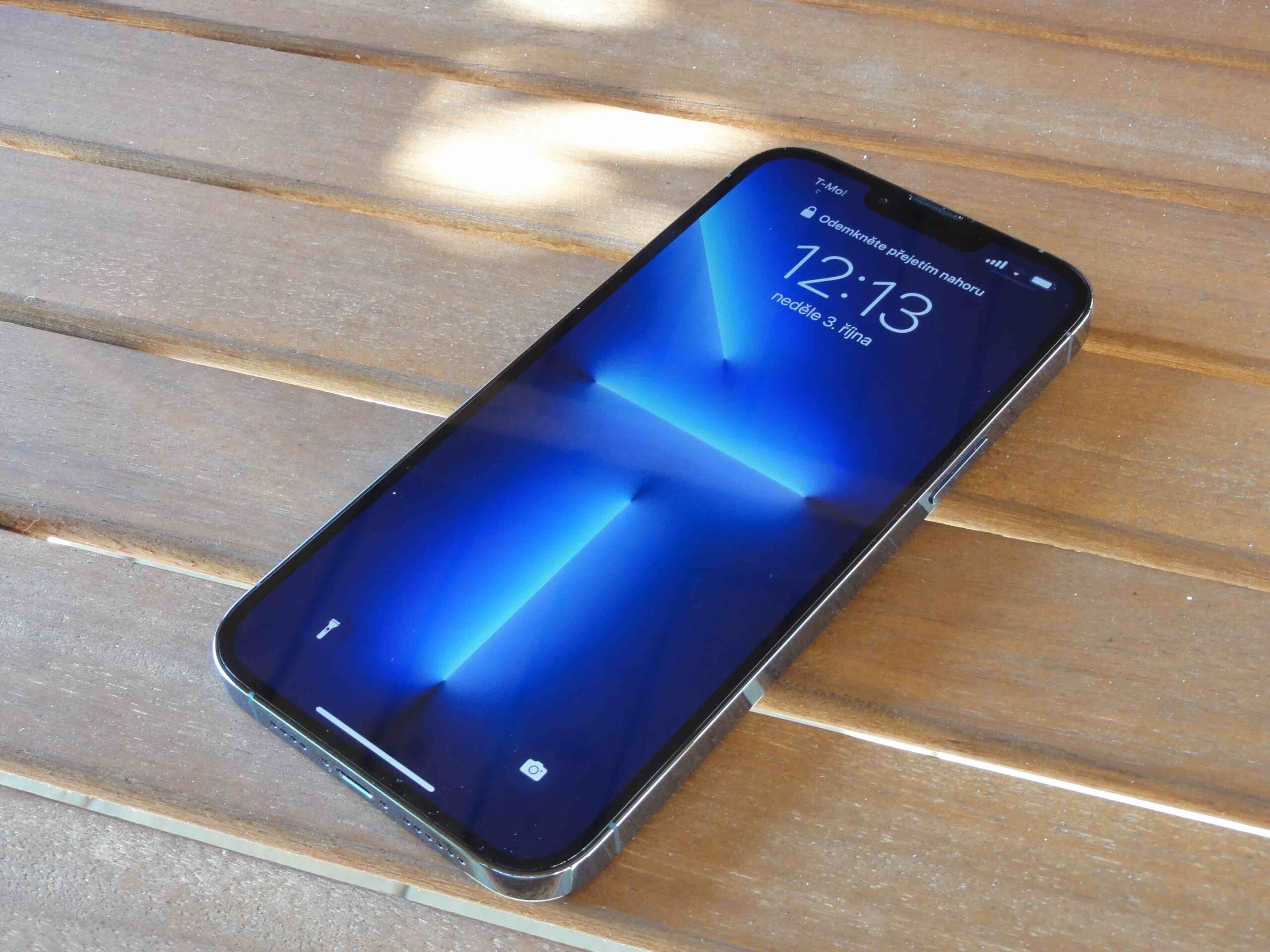
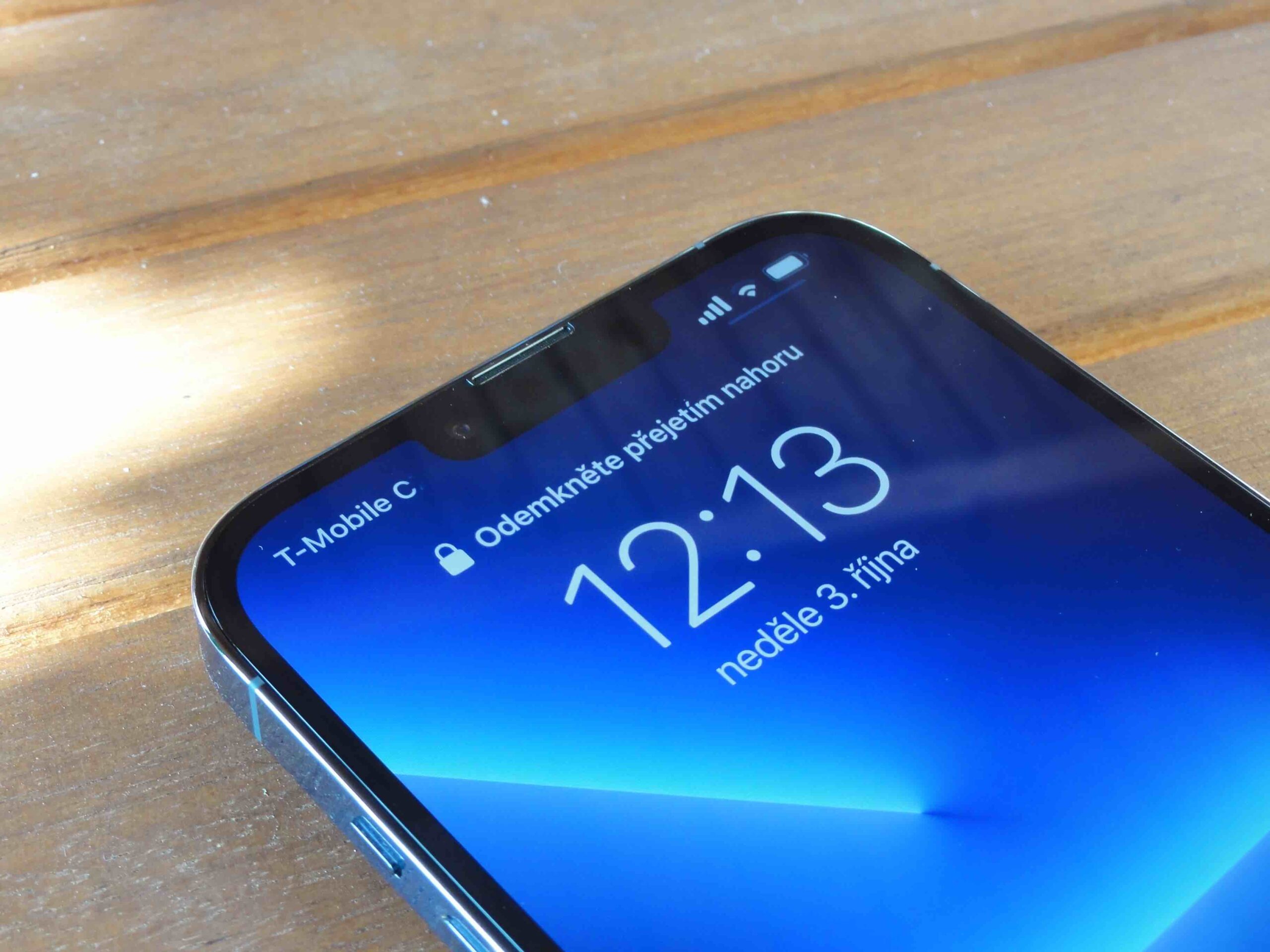
 Adam Kos
Adam Kos 